From Meyer lemons to yuzu lemons, we are covering all types of lemons from A to Z in this in-depth guide to lemons!

Origin of Lemons
Lemons are the ubiquitous fruit used around the world in all forms of cuisines, yet we don’t really know where they came from. Food historian’s best guess is that they originated in East Asia, perhaps northern India, Myanmar, or China. We do know that they are a natural hybrid between the sour orange and citron.
We think lemons entered Europe via the Romans who ruled much of the “known” world about 1,800 years ago and then spread to the Middle-East and across Europe from there. Lemons came to the Americas through the voyages of Christopher Columbus who brought seeds with him. Lemons gained in popularity as more than a flavoring, and when James Lind discovered that they cured and prevented scurvy, a vitamin C deficiency that ravaged sailors of the time (pre 18th Century), the lemon’s popularity was secured. People didn’t understand the connection between vitamin C and scurvy.
Today lemons are popular worldwide, and in the USA grown mostly in Florida and California. We will introduce a few popular lemon varieties from around the world to include some regional favorites, and some more obscure varieties. If you want to read more about how to select, cut, and a whole lot more check out our Lemon 101 Guide.
Lemony Trivia
Here is a quick trivia question for you before we dive into everything lemon. How big was the largest lemon according to the Guinness Book of World Records? Scroll to the bottom of this post for the answer!
Types of Lemon
Bonnie Brae Lemon
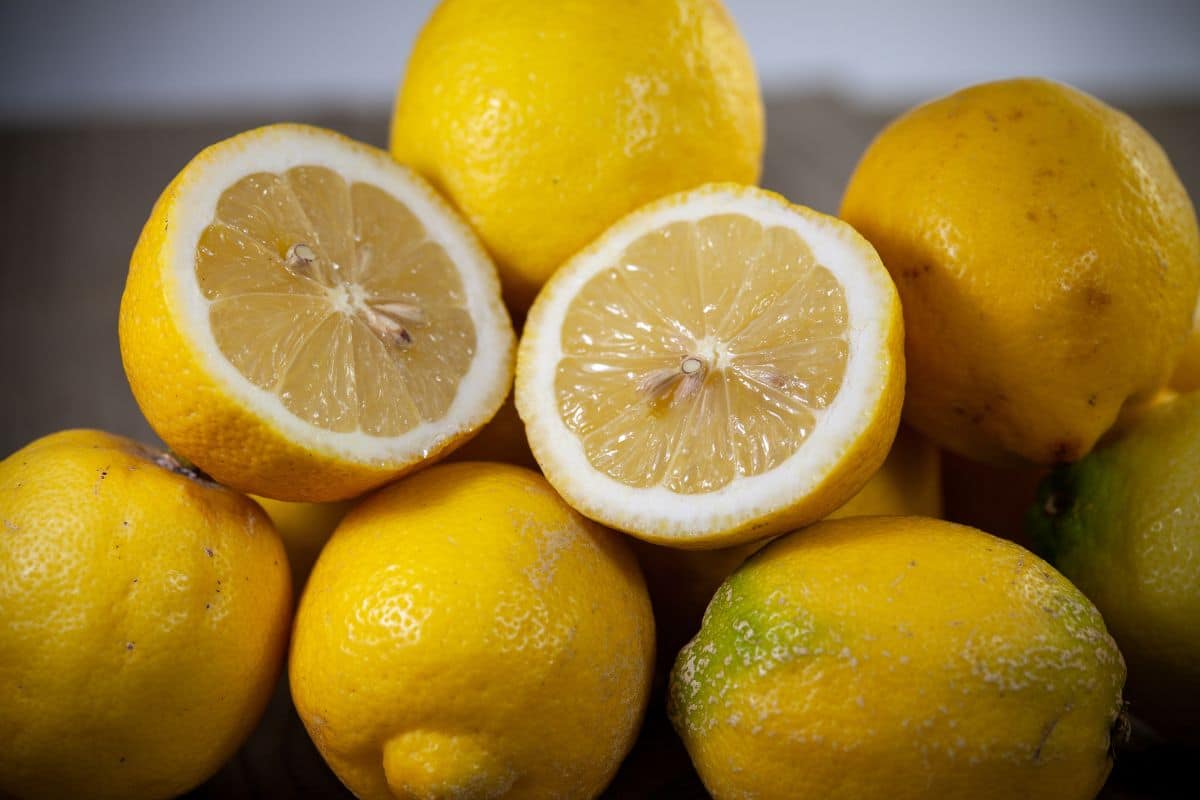
Description: The Bonnie Brae lemon is a hybrid variety that originated in California. It was developed by a breeder named John C. Reimer in the early 20th century. Bonnie Brae lemons are medium-sized citrus fruits with a smooth, thin, and bright yellow skin. They have a round to slightly oval shape, similar to other traditional lemons. The flesh is juicy and pale yellow, containing only a few seeds.
Flavor: Bonnie Brae lemons have a tangy and acidic taste, similar to regular lemons. They are, however, known to be slightly sweeter with a hint of floral and a citrusy aroma. The flavor profile makes them versatile for various culinary applications.
Uses: Bonnie Brae lemons are commonly used for making lemonade, lemon tarts, pies, and other desserts. Their juice can be used as a flavoring in marinades, dressings, and sauces. The zest of Bonnie Brae lemons adds a vibrant citrus flavor to baked goods and savory dishes.
Bubblegum Burst Lemon
Description: The Bubblegum Burst Lemon is a unique variety, with a unique name, developed by agricultural scientists through hybridization techniques. These lemons are visually distinctive due to their bright yellow skin and a slightly elongated shape. The peel is smooth and may have a glossy appearance. The fruit is typically medium-sized, comparable to other lemon varieties.
Flavor: The Bubblegum burst lemon stands out with its unexpected flavor. As the name suggests, it offers a burst of sweet, fruity notes reminiscent of bubblegum. The taste is less acidic compared to traditional lemons, making it enjoyable to eat raw.
Uses: Due to its unique flavor, the Bubblegum burst lemon can be used in a variety of sweet culinary applications. Its sweet and fruity profile makes it suitable for desserts, beverages, and confections. The juice can be used in cocktails, lemonade, and sorbets. The zest adds a delightful twist to baked goods and other recipes. Our best advised use of a super sweet lemon is to whip up an easy summer kid treat like Lemon Buttermilk Popsicles. Oh, and you don’t have to have molds to make these.
Buddha’s Hand Lemon
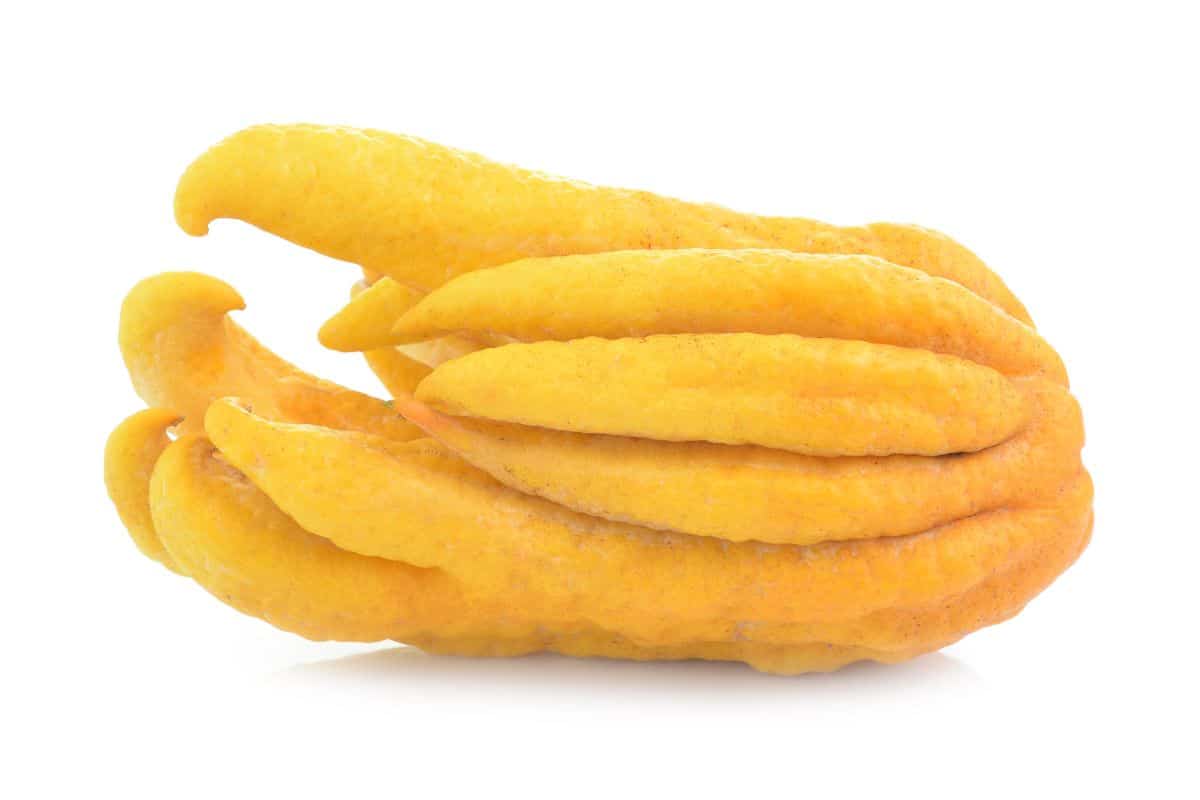
Origin: Also known as the fingered citron, It has a long history originating from the northeastern regions of India or China. It has been cultivated for centuries and holds cultural significance in some Asian countries.
Description: The Buddha’s hand lemon has a striking appearance. Rather than a typical lemon shape, it has a unique form resembling a cluster of elongated fingers or a hand in a praying gesture. The fruit lacks the traditionally segmented flesh of other citrus fruits and is predominantly composed of a thick, fragrant, and aromatic rind.
Flavor: The Buddha’s hand lemon is not typically consumed for its flesh, which is minimal and often dry. Instead, it is valued for its intense citrus fragrance, which is a blend of lemon and floral notes. The taste is less acidic compared to regular lemons and is usually not eaten on its own.
Uses: You have probably guessed that these lemons are primarily used for their zest and aroma. The fragrant rind is grated or sliced to extract the essential oils, which are used to add flavor and fragrance to various dishes, desserts, and beverages. The zest is a popular addition to infused oils, spirits, and cocktails. The fruit is also used decoratively, as its unique shape makes it visually appealing. These are hard to find in the USA, but if your city has a good international market you might find them.
Citron de Menton
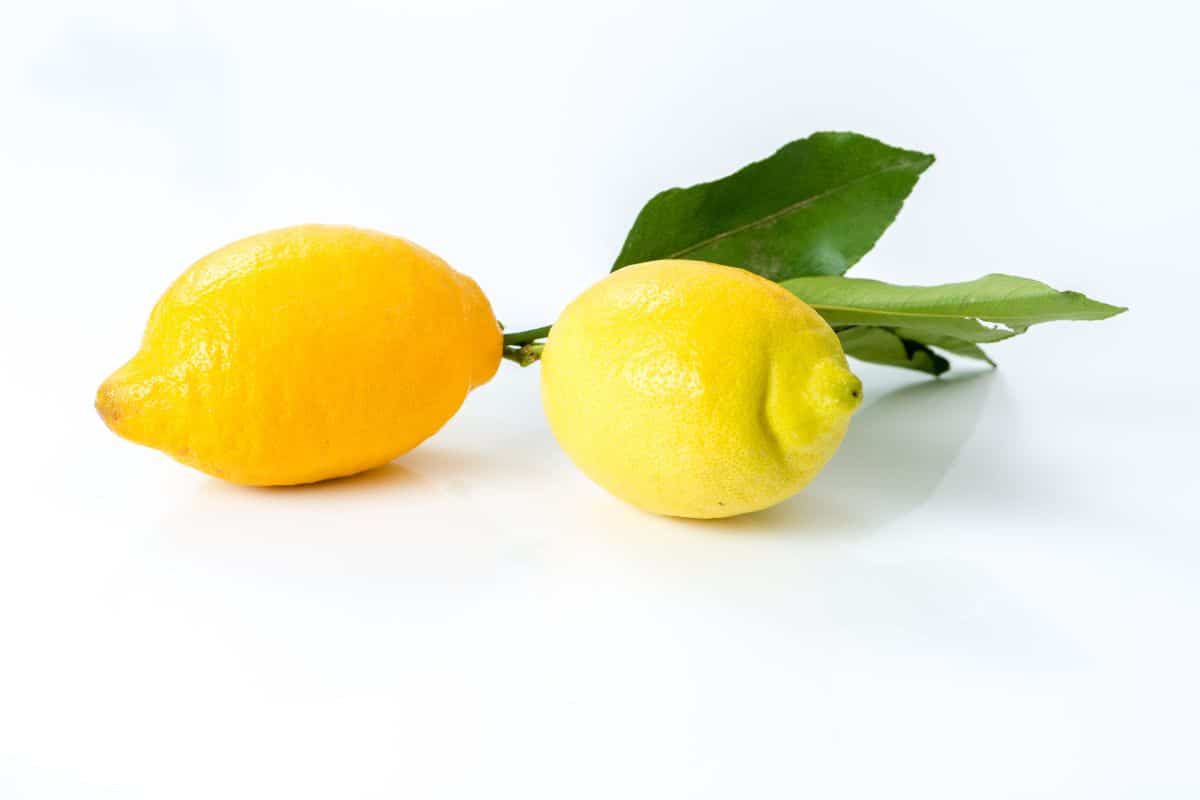
Origin: Also known as Menton lemon, it hails from the Menton region in France. This area benefits from a microclimate influenced by the Mediterranean Sea and the nearby Maritime Alps, contributing to these lemons’ growth.
Description: Citron de Menton is a large lemon with a thick, bumpy rind. The skin has a bright yellow color and a rough texture. The fruit itself is typically elongated and has a rounded bottom. The flesh is pale yellow, juicy, and contains several seeds. The size of Citron de Menton can vary, but they are generally larger than most other lemons.
Flavor: Citron de Menton is known for its distinct flavor. It has a strong, tangy, and acidic taste with a slightly bitter note. The aromatic oils present in the peel contribute to its intense fragrance. The juice is less acidic compared to other lemon varieties, making it milder and more suitable for culinary applications.
Uses: Citron de Menton is esteemed for its culinary uses and is often used in both sweet and savory dishes. The zest and juice add a unique citrus flavor to desserts, jams, preserves, and cakes. In French cuisine, Citron de Menton is used in fish dishes, sauces, and salads. It is also a popular ingredient in herbal teas, cocktails, and infused spirits. If that isn’t enough, the peel of Citron de Menton is also often candied and used as a decorative element in confections.
Citron Lemon
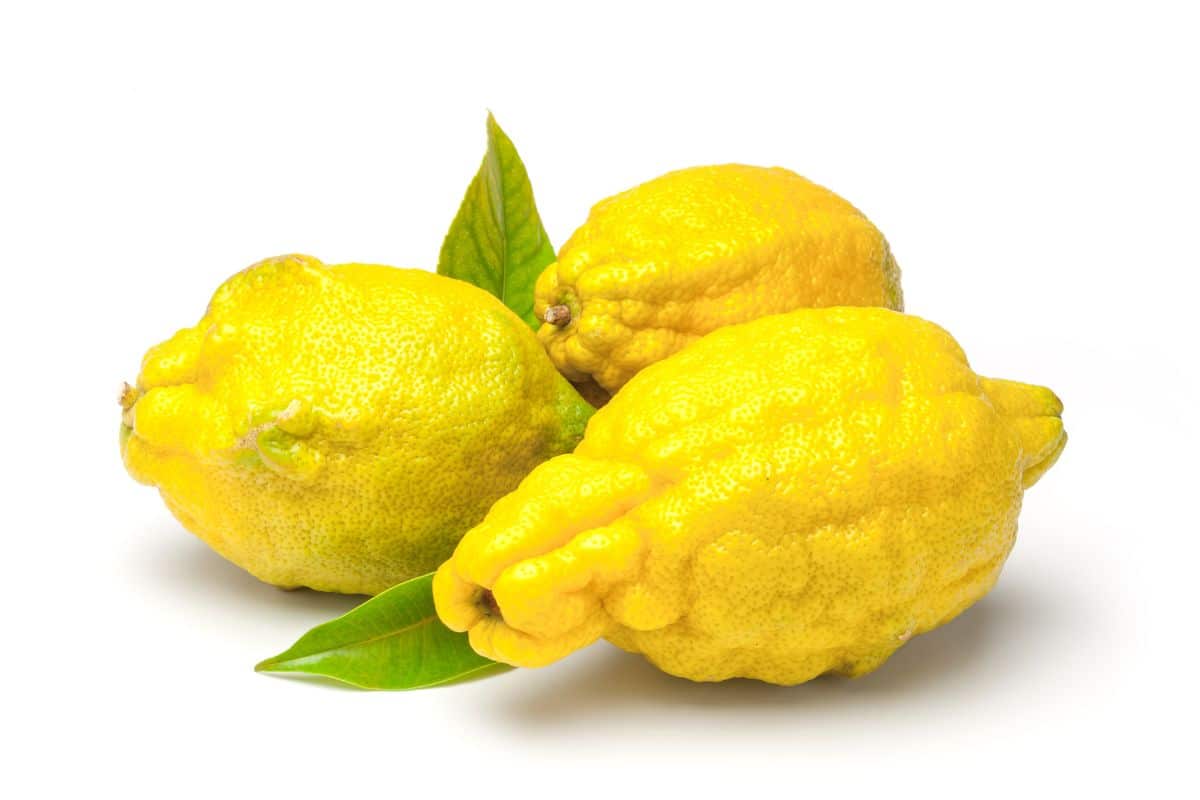
Origin: Also known as Citrus medica, citron lemons are believed to have originated in Southeast Asia, specifically in Northeastern India or Myanmar. It has been cultivated for thousands of years, and is considered one of the original citrus fruits.
Description: The Citron lemon is a large, thick-skinned fruit with a distinctive shape. It is oval or oblong in appearance, typically measuring around 6 to 8 inches (15 to 20 centimeters) in length. The thick rind is rough and bumpy, ranging in color from green when young to yellow as it matures. The flesh of the Citron lemon is relatively dry and lacks the juicy segments typical of other citrus fruits. Instead, it is composed mostly of pith, which is the spongy white layer underneath the rind.
Flavor: Citron lemons have a sour and acidic flavor, but they are significantly less juicy and more bitter compared to other lemon varieties. The flesh is generally not consumed due to its pithy texture and bitterness. The zest, however, is often used to add citrusy aroma and flavor to culinary preparations.
Uses: Citron lemons are primarily used for their zest and fragrant rind. The zest can be grated or finely chopped and added to various recipes such as desserts, cakes, pastries, marmalades, and preserves, to provide a tangy and aromatic flavor. The thick rind is also used in making candied citron peel, which is commonly used in baking and confectioneries. Additionally, the juice of Citron lemons is good in culinary applications where a more subtle lemon flavor is desired.
Corsican Citron Lemon
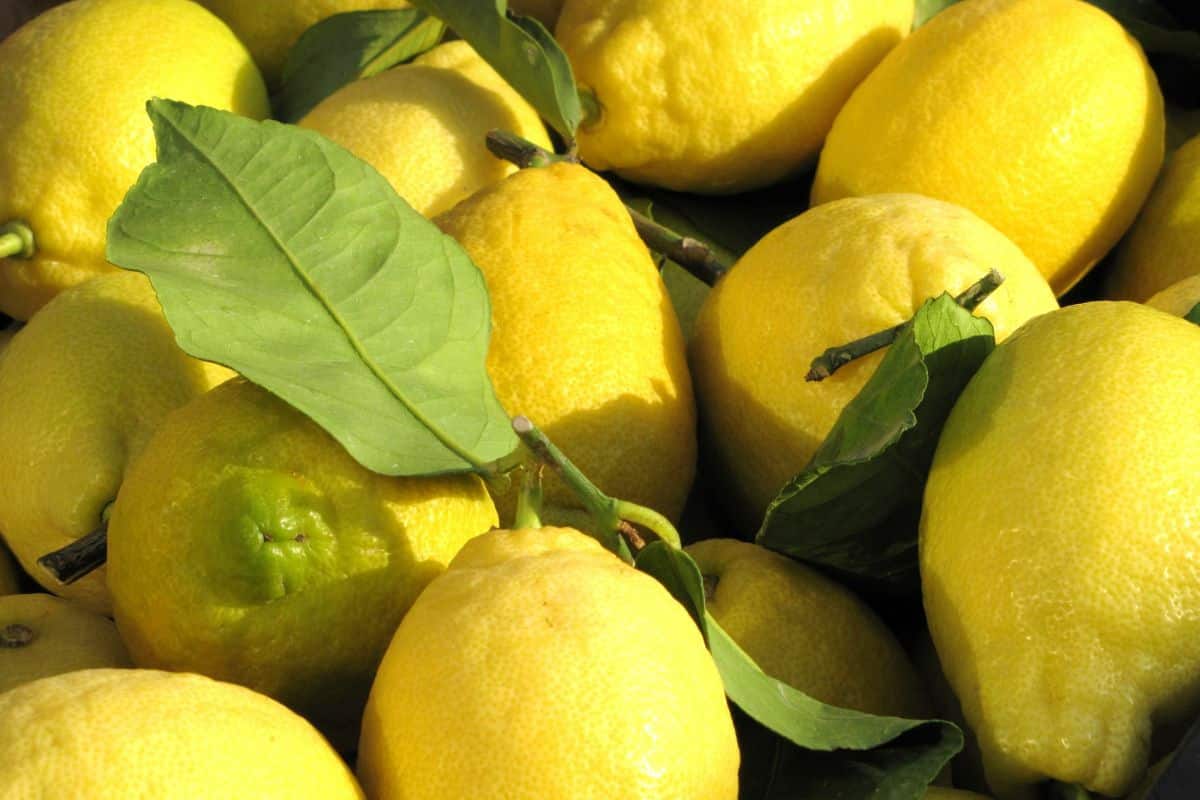
Origin: The Corsican Citron Lemon, as the name suggests, is believed to have originated in Corsica, an island in the Mediterranean Sea off Italy’s east coast. It has a long history of cultivation in the region.
Description: Corsican citron lemons are large fruits with a rough and bumpy skin. The skin is thick and has a yellowish-green color. The fruit has a unique shape, often described as elongated and knobby. The flavor of Corsican Citron Lemon is extremely tart and acidic. It is not typically consumed raw due to its intense sourness.
Uses: With minimal pulp, the primary use of Corsican citron lemon is for its aromatic zest. The thick and highly fragrant rind is used to make candied lemon peel, marmalades, and other preserves. The zest is also used as a flavoring agent in liqueurs and baked goods.
Cosmic Comet Lemon
Description & Flavor: The Cosmic comet lemon is a relatively new variety developed through hybridization and breeding programs. Cosmic comet lemons have a distinct appearance. They are typically larger than regular lemons and have an elongated shape, resembling a comet or torpedo. The skin is smooth and bright yellow, similar to other lemon varieties. The Cosmic comet lemon offers a classic lemon taste. It is tangy, acidic, and refreshing, similar to traditional lemons.
Uses: Cosmic comet lemons can be used in similar ways to regular lemons. They are ideal for making lemonade, lemon-based desserts, salad dressings, and marinades. The juice and zest can add a vibrant citrus flavor to a wide range of recipes.
Dorshapo Lemon
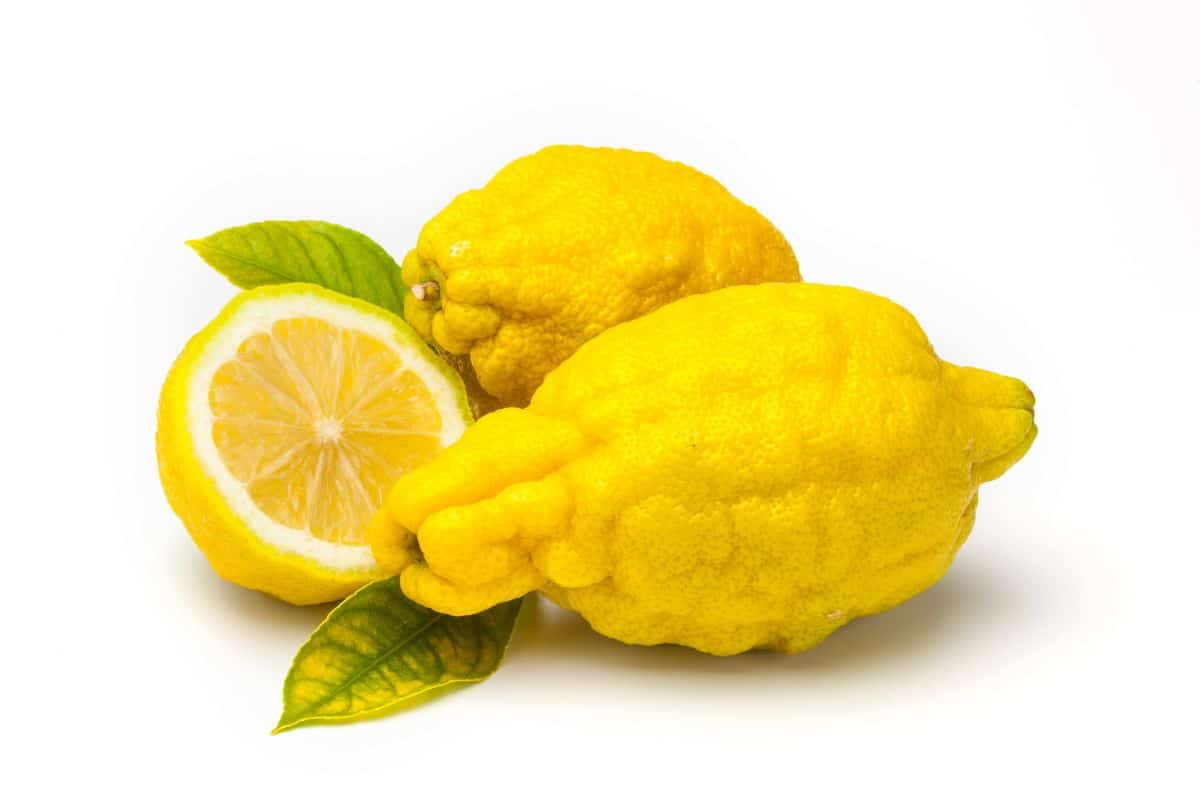
Origin: The dorshapo lemon, also known as dorshapo citron, is a relatively rare and lesser-known lemon variety. Its specific origin is unclear, but it is believed to have originated in Southeast Asia.
Description & Flavor: The dorshapo lemon closely resembles the citron lemon in appearance. It is a large fruit, typically measuring around 6 to 8 inches (15 to 20 centimeters) in length, with a thick, bumpy rind. The color of the rind can range from green when young to yellow as it ripens. The flesh of the Dorshapo lemon is also dry and pithy, with minimal juice content. The taste of dorshapo lemons is also similar to that of citron lemons. They have a sour, acidic flavor with a distinct bitterness. Like the citron lemon, the flesh is generally not consumed due to its texture and bitterness.
Uses: The primary use of dorshapo lemons is for their zest and rind, again similar to citron lemons. The zest can be grated or finely chopped to add a tangy and fragrant flavor to various culinary preparations including desserts, baked goods, marmalades, and preserves. The thick rind can be candied or used in other creative ways. Due to their rarity, dorshapo lemons are not as widely available as other lemon varieties.
Eureka Lemon
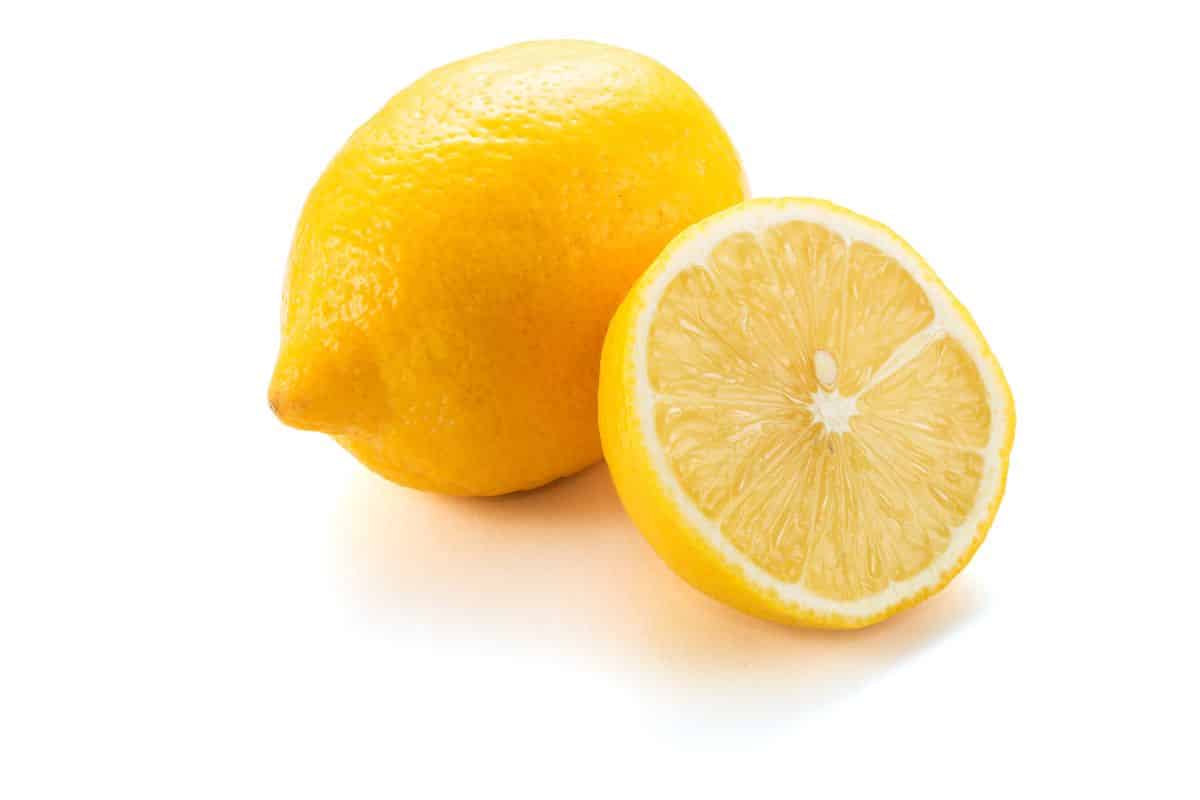
Origin: The Eureka lemon is a common lemon variety that originated in California, and is today the most widely cultivated lemon variety in the world. Well that is disputed as the Lisbon lemon may be on par with.
Description: Eureka lemons are medium to large-sized lemons with an oval shape. They have a bright yellow, smooth, and glossy peel. The pulp inside is pale yellow and contains numerous juicy segments. Eureka lemons are seedless or contain very few seeds.
Flavor: Eureka lemons have a tangy and acidic taste, typical of lemons. The juice is tart and refreshing, making it suitable for culinary uses and as a flavoring agent in various dishes and beverages.
Uses: Eureka lemons are versatile and commonly used in cooking, baking, and for making lemonade. The juice and zest of Eureka lemons are frequently used in sauces, dressings, marinades, desserts, and cocktails. They add a bright and citrusy flavor to your recipes.
Femminello St. Teresa Lemon
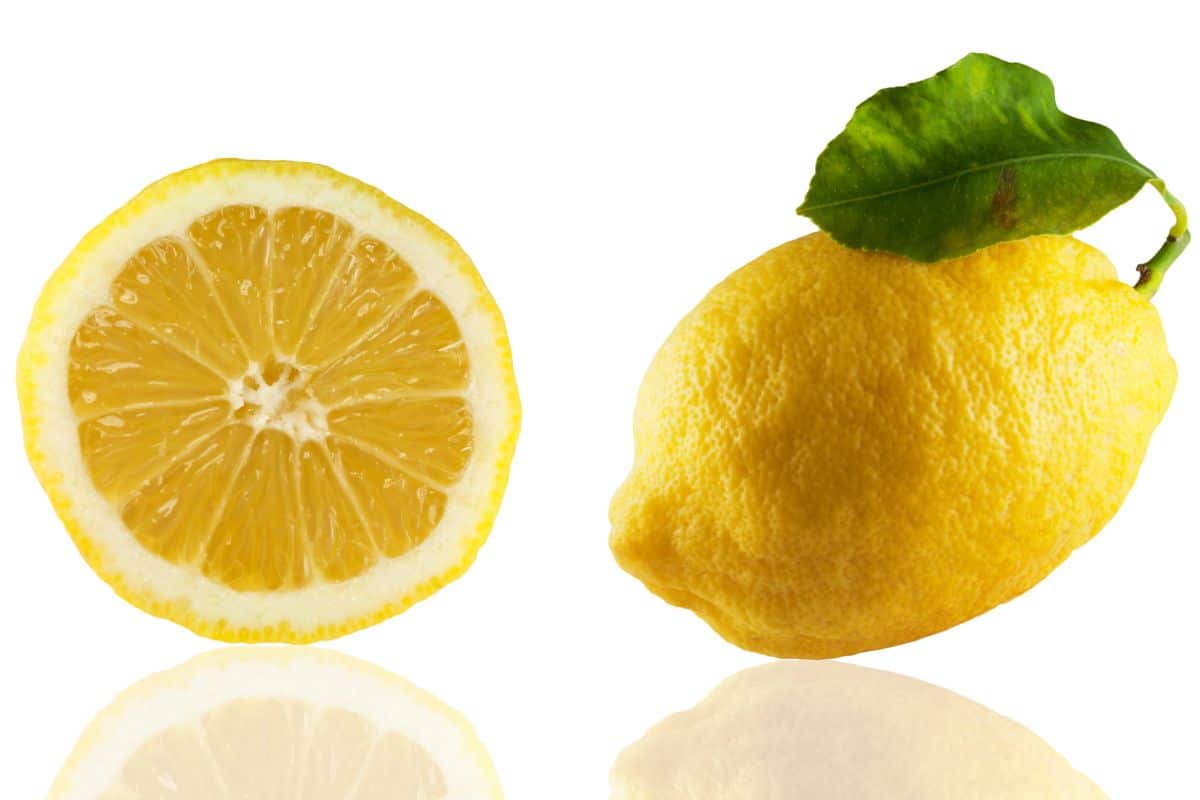
Origin: The Femminello St. Teresa lemon, also known as the Sorrento or Sfusato lemon, is native to Italy, specifically the Sorrento peninsula and the Amalfi Coast. The mild climate, rich volcanic soil, and sea breeze of this coastal area contribute to the unique characteristics of these lemons.
Flavor: This lemon is known for its exceptional flavor. It has a complex taste profile that combines intense acidity with a sweet undertone. The high levels of essential oils in the skin give it a strong, aromatic fragrance that enhances the overall flavor. The juice is tangy, refreshing, and zesty, making it a favorite among chefs and mixologists.
Uses: Femminello St. Teresa lemons are highly prized for their unique flavor and fragrance. They are commonly used in making limoncello, a traditional Italian liqueur, as well as in preparing desserts, salads, fish dishes, and sauces. The zest of these lemons is also valued for its aromatic qualities.
Fino Citron Lemon
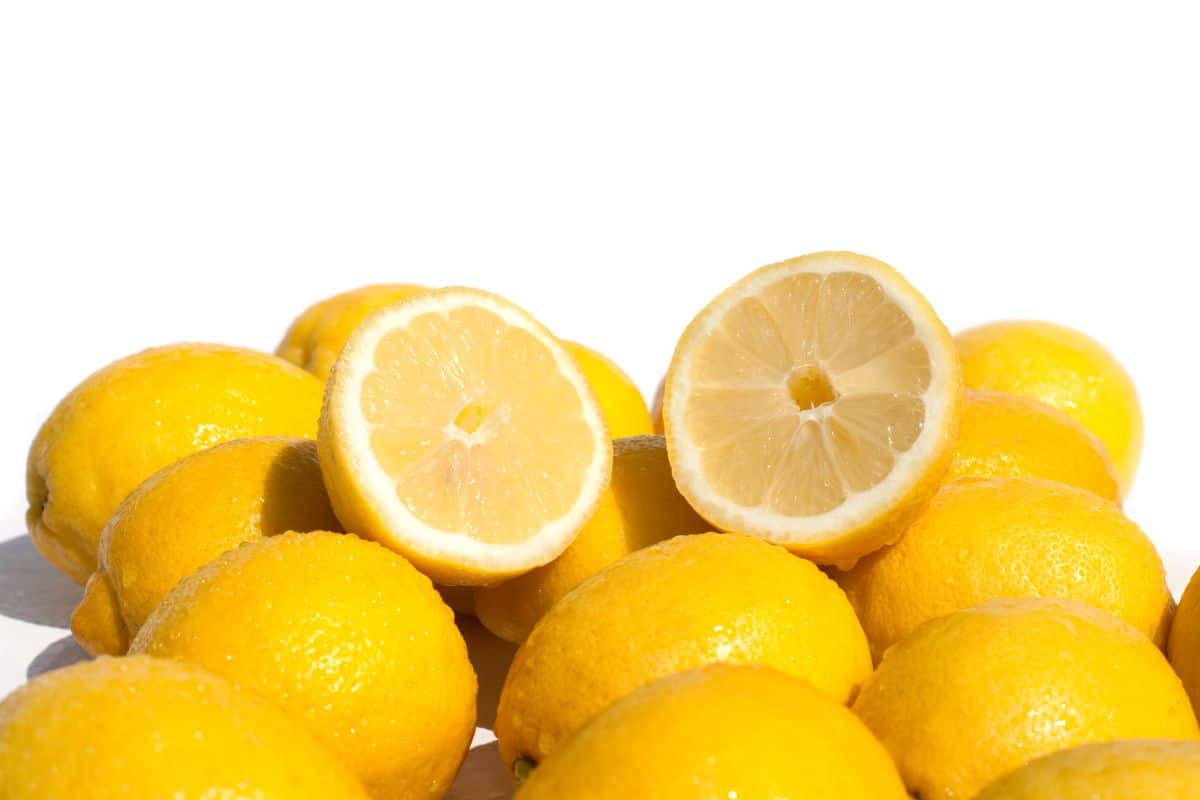
Origin: Fino citron lemons have a long history and are believed to have originated in the Mediterranean region, particularly in Israel and Italy.
Description: These are medium to large-sized fruits with a rough and bumpy skin. The color of the skin can vary from pale yellow to bright yellow, and it becomes more textured as the fruit matures. The shape of the lemon is elongated, resembling a small oblong pumpkin.
Flavor: Fino citron lemons have a unique taste that is quite different from other lemon varieties. They have a thick rind and very little juice. The flesh is relatively dry and not as acidic as other lemons. The taste is often described as mild and slightly bitter.
Uses: Fino citron lemons are primarily used for religious purposes, particularly in Jewish rituals during the holiday of Sukkot. They are considered sacred fruits and are used as a symbol of fertility and abundance. In culinary applications, the zest of fino citron lemons is sometimes used to add a subtle citrus aroma to dishes or to make traditional preserves and liqueurs. Due to their limited juice content, however, they are not commonly used for their juice.
Genoa Lemon
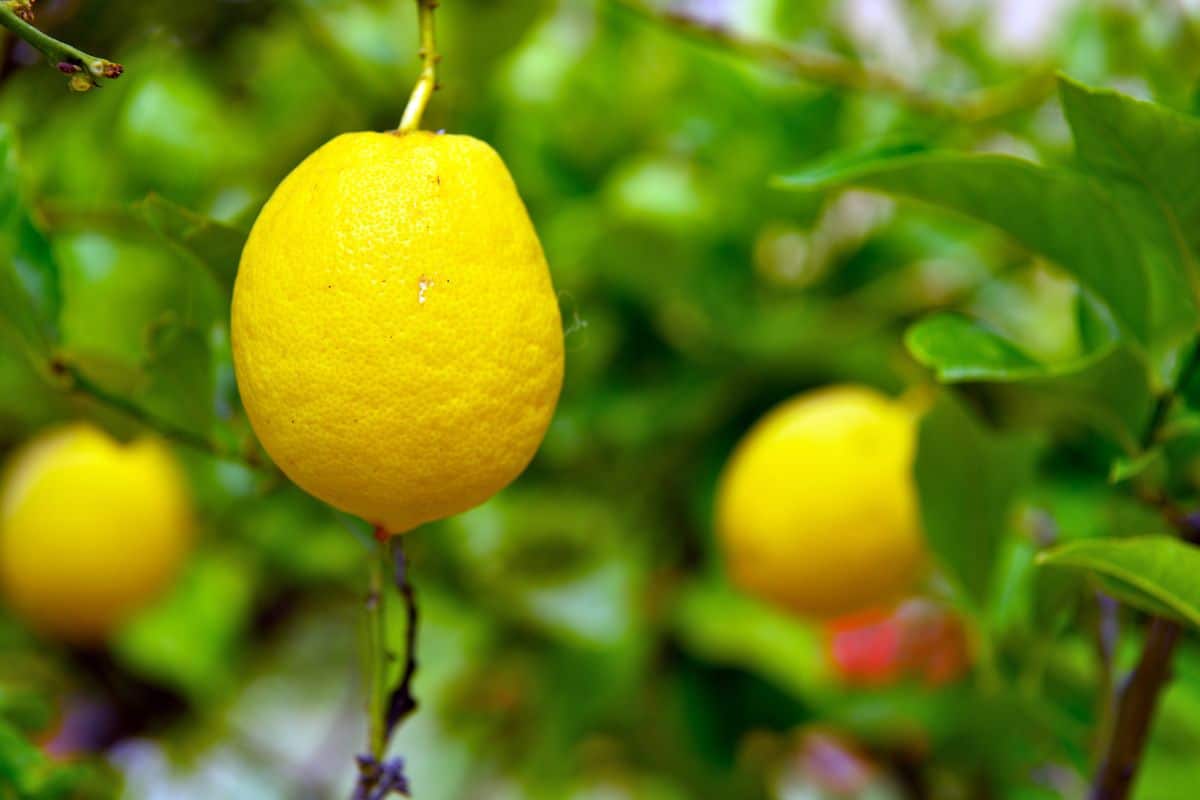
Origin: The Genoa lemon, also known as Cedro di Genova, is a variety of lemon that originated in the Liguria region in northwest Italy.
Description: Genoa lemons are large, elongated fruits with a thick and rough yellow rind. They have a slightly bumpy texture and can grow up to the size of a grapefruit. The inner flesh is pale yellow and contains just a few seeds. The aroma of Genoa lemons is strong and fragrant.
Flavor: Genoa lemons have a tangy and acidic taste, similar to other lemon varieties. They are known, however, for having a slightly sweeter flavor compared to other lemons, which makes them suitable for many culinary uses.
Uses: Genoa lemons are commonly used in cooking and baking. Their zest and juice can be added to various dishes and desserts to provide a bright and citrusy flavor. They are often used in traditional Italian recipes, such as limoncello, candied lemon peel, and lemon-infused olive oil.
Gossamer Glow Lemon
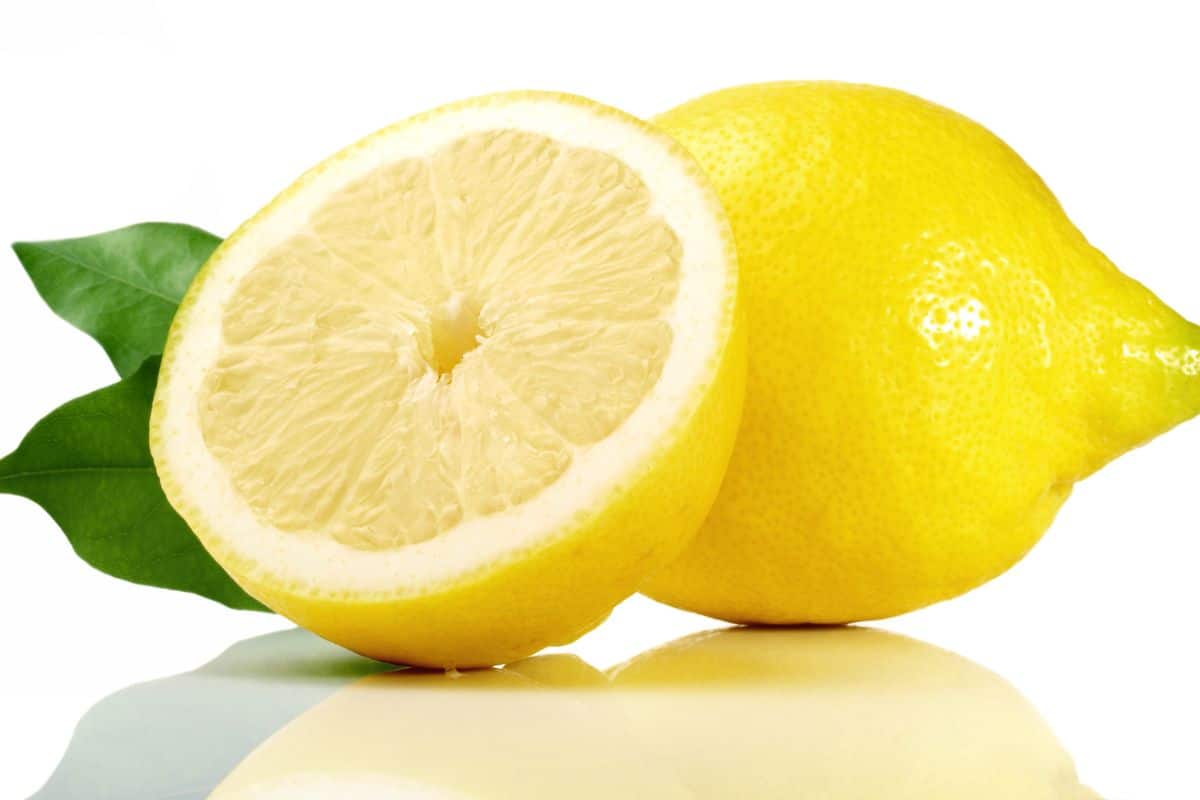
Description: Gossamer glow lemons are a relatively new hybrid lemon variety developed in California. These lemons are medium-sized fruits with a smooth, bright yellow rind. They have a round to slightly oval shape and a glossy appearance. The inner flesh is pale yellow and seedless, making it convenient for culinary purposes.
Flavor: These lemons have a zesty and tangy flavor, characteristic of most lemon varieties. They have a good balance of acidity and sweetness, making them versatile for both savory and sweet recipes.
Uses: Gossamer glow lemons are excellent for culinary applications. Their juice and zest can be used in a wide range of dishes, including salads, seafood, dressings, and desserts. They are also popular for making lemonade and other refreshing summer beverages.
Greek Citron Lemon
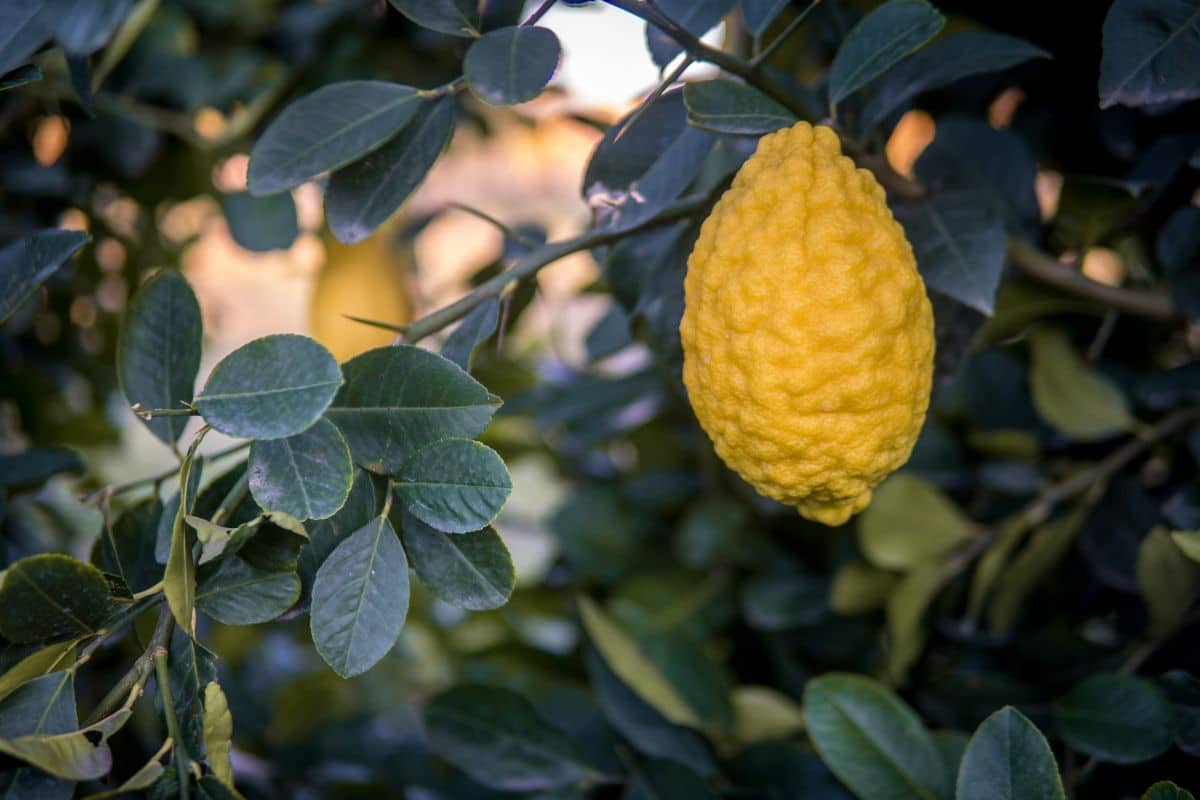
Description: Also known as Etrog or Yanbu citron, this lemon has ancient origins and is believed to have originated in the Mediterranean region, perhaps Greece or Israel. Greek citron lemons are large, rough-skinned fruits with a distinct elongated shape. They have a thick and bumpy yellow rind that turns more textured as the fruit matures. The inner flesh is pale yellow, relatively dry, and contains numerous seeds.
Flavor and Uses: Greek citron lemons have a unique flavor profile. The flesh is quite sour and acidic, making it less commonly used for culinary purposes. The zest, however, is highly aromatic and is often used to add fragrance to various dishes. The zest can also be used in cooking, baking, and making marmalades. They are also of great cultural and religious significance, particularly in Jewish traditions.
Honeydew Lemon
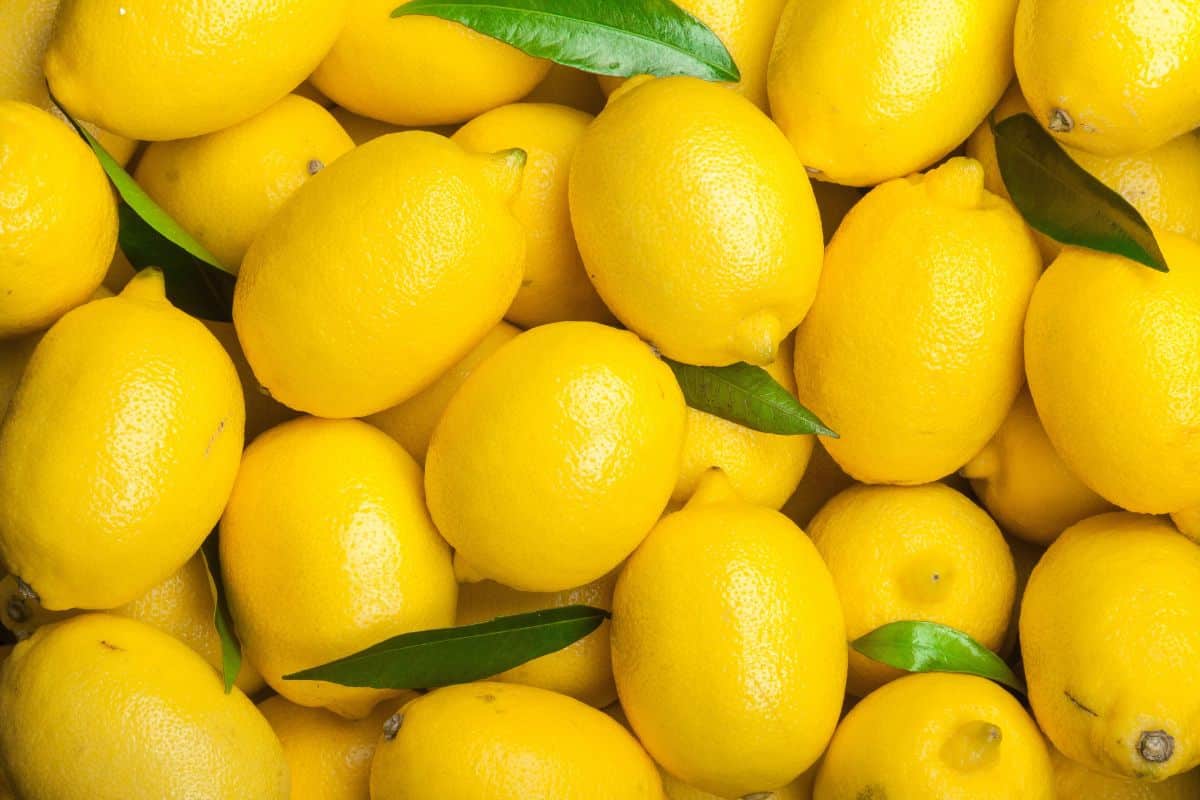
Description: Honeydew lemons are believed to have originated in China. They are medium-sized fruits with a smooth, thin, and pale yellow rind. They have a round or slightly oval shape and may have a slightly elongated neck. The inner flesh is pale yellow and contains only a few seeds. The overall appearance is similar to a regular lemon, but with a lighter hue.
Flavor & Uses: Honeydew lemons live up to their name by having a sweet and mild flavor compared to other lemon varieties. They have a lower acidity level, making them enjoyable to eat raw or to use in recipes that benefit from a milder citrus taste. These lemons are often consumed fresh or squeezed into beverages for their sweet juice. They can be used in cooking and baking when a less acidic and more delicate lemon flavor is desired.
Interdonato Lemon
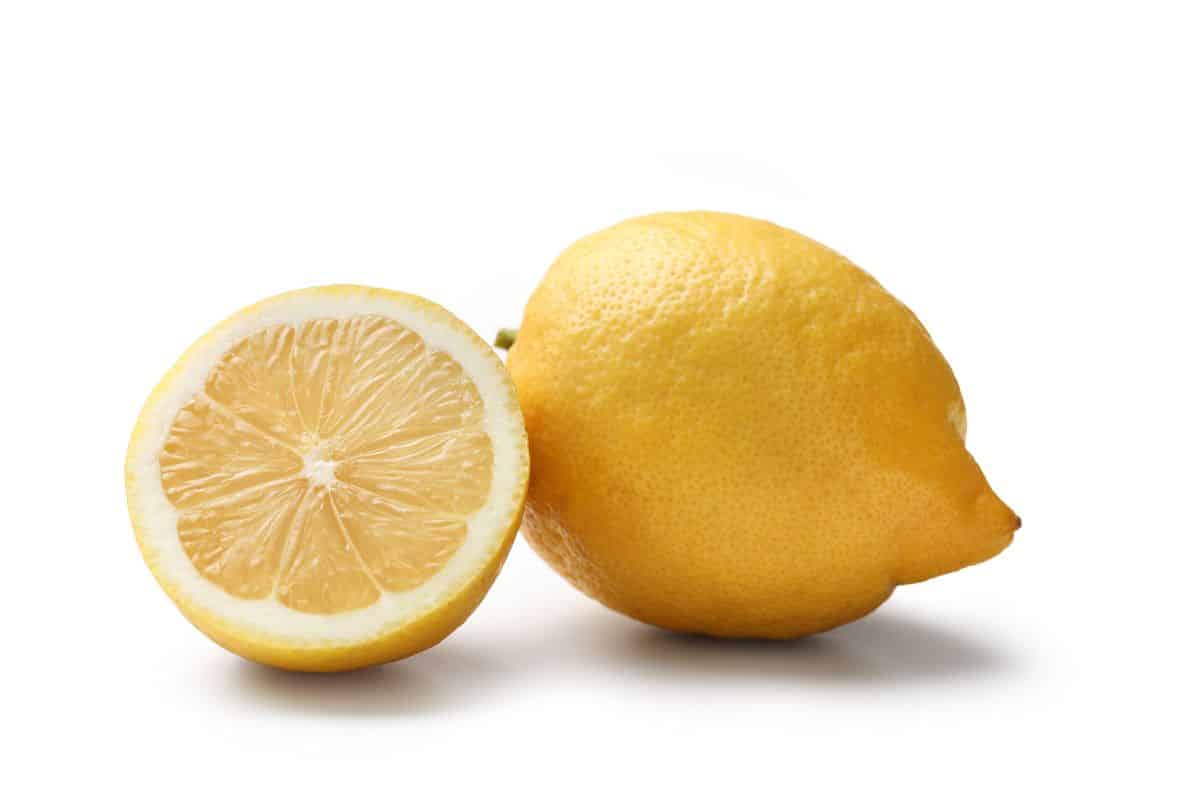
Origin: Also known as Interdonato Messina or Femminello Siracusano, originated from The Island of Sicily. Interdonato lemons are medium-sized fruits with a smooth and bright yellow rind. They have a round shape with a slightly pointed tip. The inner flesh is juicy, pale yellow, and seedless.
Flavor: Interdonato lemons have a tangy and mildly acidic taste, similar to other lemon varieties. They are known for having a good balance of sweetness and acidity, making them versatile in culinary uses.
Uses: Interdonato lemons are commonly used in both sweet and savory dishes. Their juice and zest are used in a variety of recipes, including sauces, dressings, desserts, and beverages. They are particularly popular for making lemon granitas, a refreshing Sicilian frozen dessert.
Kaffir Lime Lemon
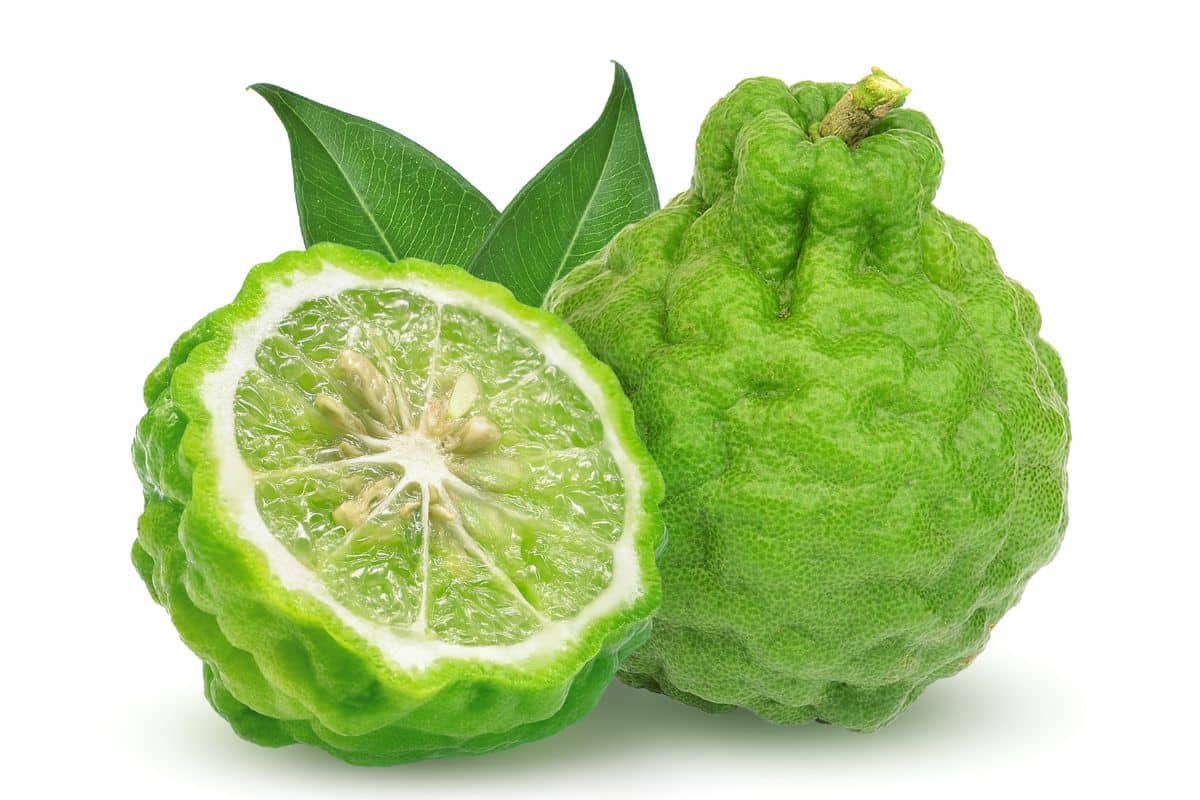
Description: The kaffir lime lemon, also known as Makrut or Thai lime, is native to Southeast Asia, particularly Thailand and Indonesia. They are small, bumpy fruits with a dark green and wrinkled rind. They have a distinctive hourglass shape, with one end being smaller and attached to the stem. The inner flesh is pale green and contains numerous seeds. The leaves of the Kaffir lime tree are often used in cooking as well.
Flavor: Kaffir lime lemons have a unique flavor that is intensely aromatic and citrusy. The juice is highly acidic and sour, while the zest is fragrant with a strong and slightly bitter taste. Both the juice and zest are used in culinary preparations.
Uses: Kaffir lime lemons are widely used in Southeast Asian cuisine, particularly Thai cuisine. The juice and zest are used in curries, soups, salads, and stir-fried dishes. The leaves are also commonly used to add fragrance and flavor to various dishes, including curry pastes and desserts.
Khasi Papeda Lemon
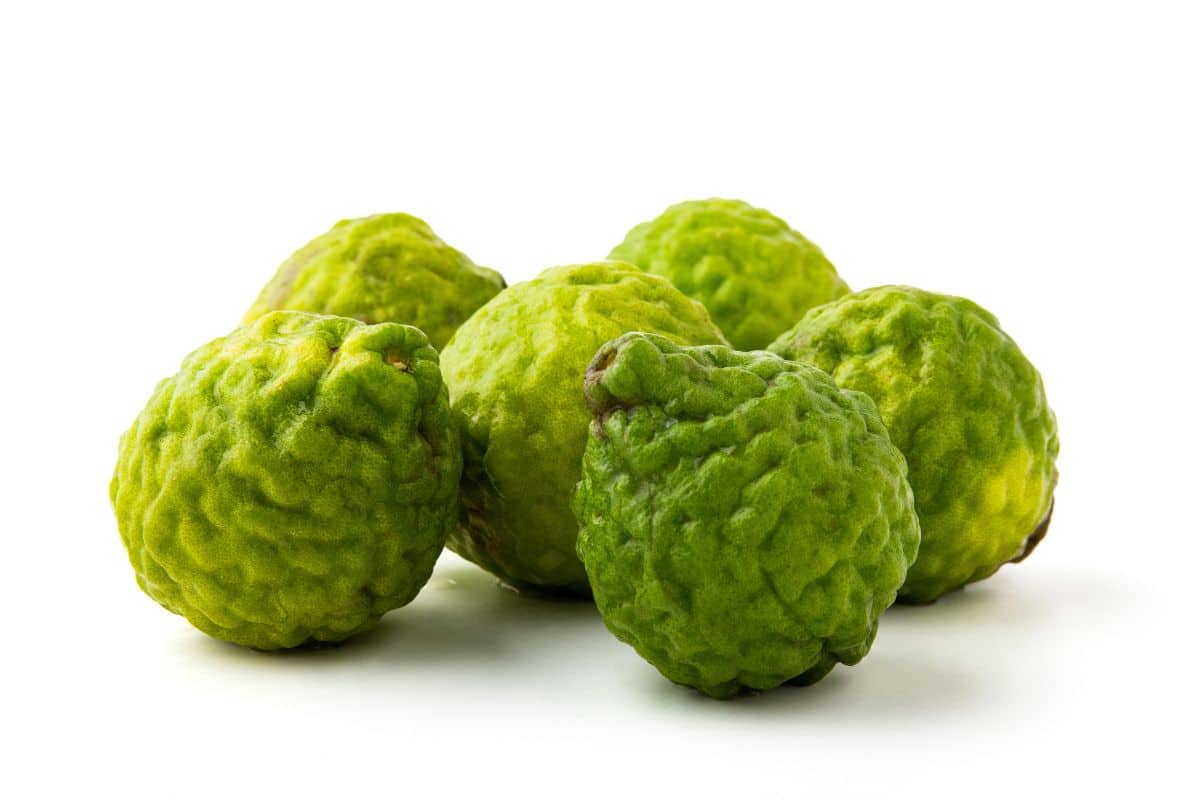
Description & Flavor: Khasi papeda lemons, also known as Khasi papeda citron, are native to the northeastern region of India and parts of Southeast Asia. These lemons are small to medium-sized fruits with a rough and thick rind. They have a bumpy texture and can range in color from green to yellow when ripe. The inner flesh is pale yellow and contains numerous seeds. These lemons have an extremely sour and acidic taste, making them less commonly used for culinary purposes.
Uses: Khasi papeda lemons are not typically used as a primary source of juice or zest due to their intense acidity. Their strong citrus flavor, however, is occasionally used in small amounts to add tanginess to chutneys, pickles, or other preserves. In some traditional medicine practices, the fruit and its extracts are used for their potential health benefits.
Limone Costa d’Amalfi
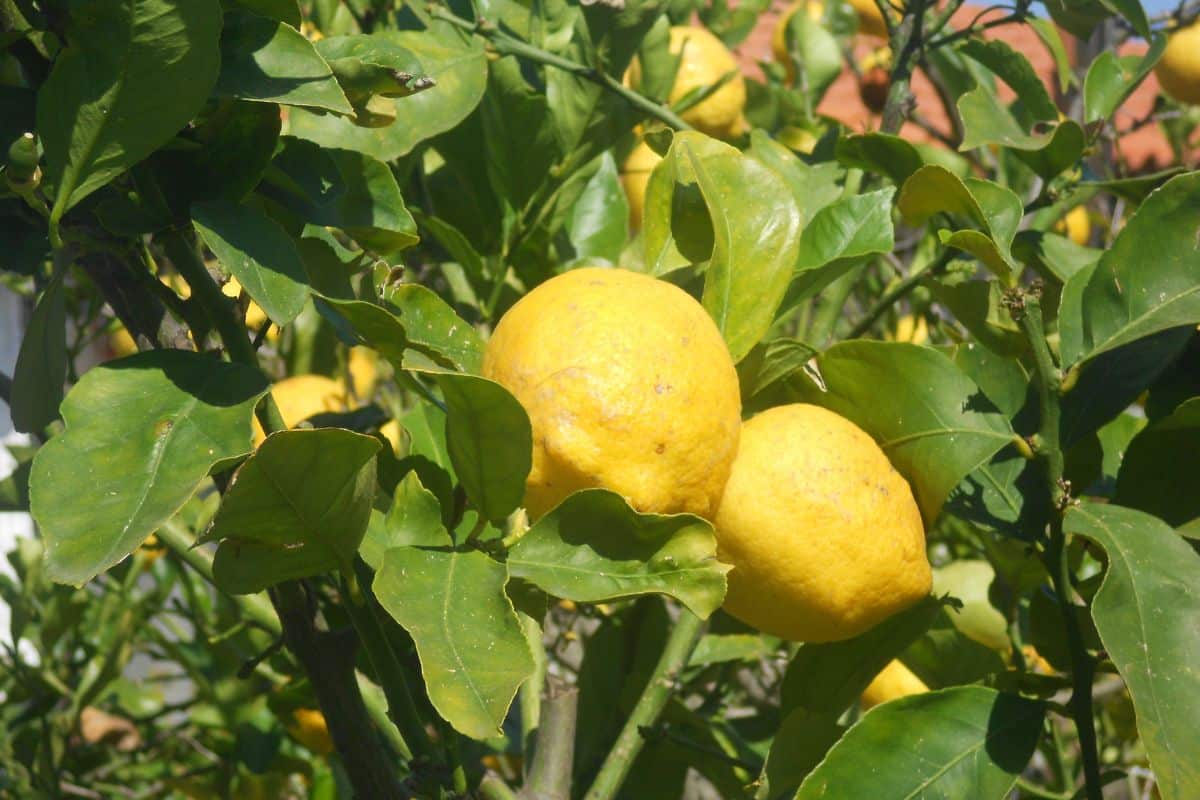
Description: Limone Costa d’Amalfi, also known as Amalfi Coast lemons, are grown in the Amalfi Coast region of southern Italy, specifically in the Campania region. These lemons are known for their large size and vibrant yellow color. They have a thick and rough skin, often with prominent bumps or protrusions. The lemons have a distinctive oval shape and are highly aromatic.
Flavor: These lemons are prized for their intense flavor. They have a strong, tangy, and zesty taste with a perfect balance of sweetness and acidity. The high concentration of essential oils in their rinds contributes to their strong aroma and flavor.
Uses: The Limone Costa d’Amalfi is widely used in culinary applications. Its juice is used to enhance the flavors of various dishes, from seafood to desserts. The zest and rind of these lemons are commonly used in baking, cocktails, and as a garnish. Limone Costa d’Amalfi is also a key ingredient in the production of limoncello, a traditional Italian lemon liqueur.
Limone dell’Etna

Description: Also known as Mount Etna lemons, they are cultivated on the slopes of Mount Etna in Sicily, Italy. This is clearly a very regional lemon. Limone dell’Etna is medium to large in size with a bright yellow color. It has a thin, smooth skin, making it easy to peel. The lemons are typically round or slightly oval-shaped and have a juicy flesh.
Flavor: These lemons are highly regarded for their exceptional taste. They have a refreshing and tangy flavor with a good balance of sweetness and acidity, and the juice is pleasantly tart and aromatic.
Uses: Limone dell’Etna is versatile in its applications. Its juice can be used in various culinary Uses: creations, including sauces, dressings, marinades, and beverages. The zest of these lemons adds a delightful citrusy aroma to dishes. They are also used in traditional Sicilian recipes such as lemon granita, a semi-frozen dessert, and Sicilian lemon cake. Try them in our Watermelon Granitas.
Limone di Rocca Imperiale
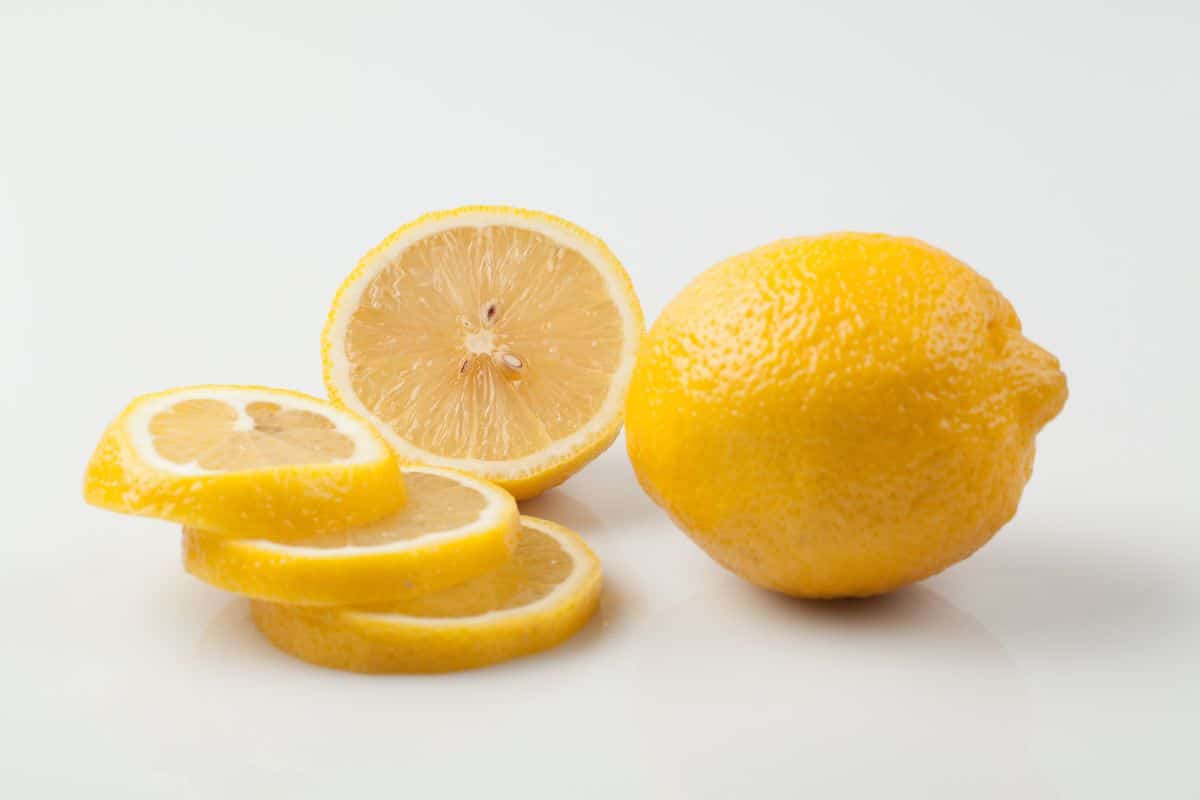
Description: Limone di Rocca Imperiale, also known as Rocca Imperiale lemons, are primarily cultivated in the Calabria region of southern Italy. These lemons are small to medium-sized and have a distinct elongated shape. They have a bright yellow color and a slightly wrinkled, thin skin. The rind is rich in essential oils, contributing to its strong fragrance.
Flavor: The Limone di Rocca Imperiale has a tangy and robust flavor. It has a good balance of acidity and sweetness with a subtle bitterness that adds complexity to its taste.
Uses: Due to their intense flavor, Limone di Rocca Imperiale is mostly used in cooking. The juice can be used in various dishes and beverages, including fish and seafood preparations, salads, and refreshing lemonades. The zest is often used as a seasoning in sauces, desserts, and cocktails.
Limone di Siracusa
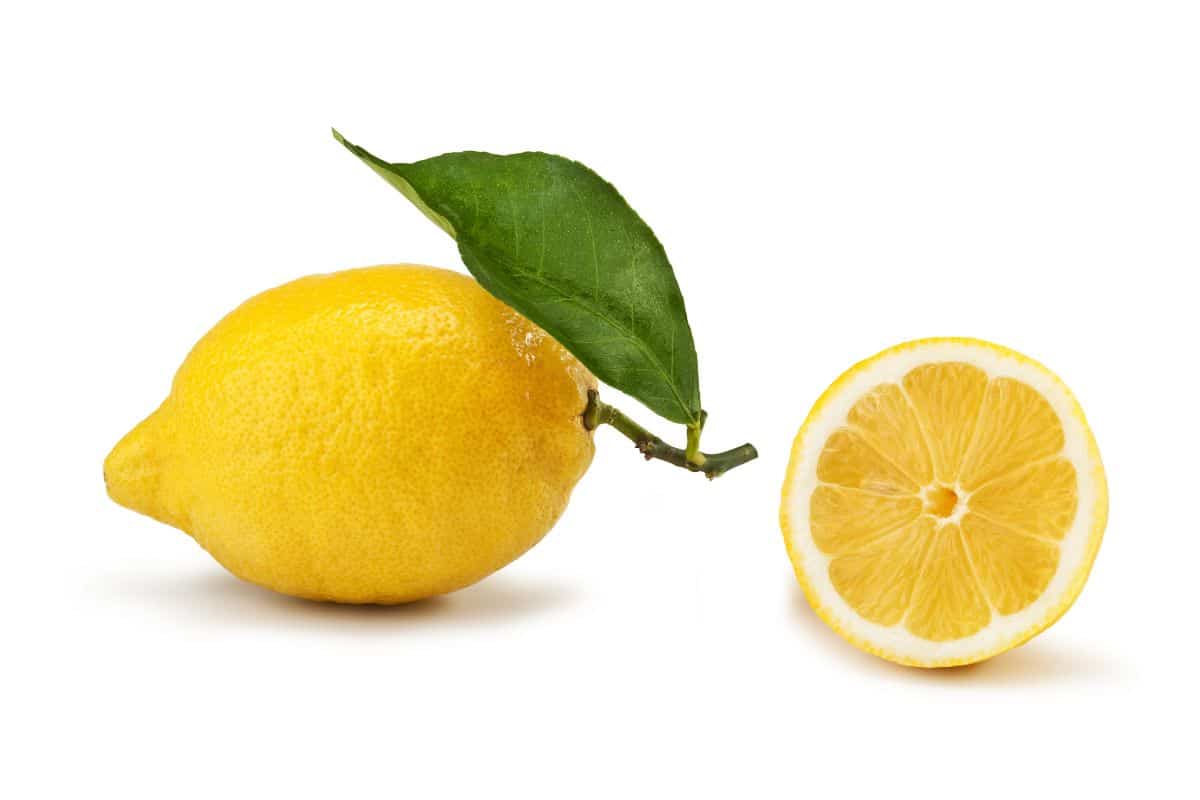
Description: Also known as Siracusa lemons or Sicilian lemons, these lemons are primarily grown in the Syracuse province of Sicily, Italy. They are large in size and have a bright yellow color and a thick, textured skin that is rich in aromatic oils. The lemons are typically round or slightly oval-shaped.
Flavor: Limone di Siracusa is known for its excellent taste. It has a strong, tangy, and fragrant flavor with a balanced combination of acidity and sweetness. The juice is vibrant and refreshing.
Uses: Limone di Siracusa is highly versatile and used in various culinary applications. Its juice is commonly used in cooking, baking, and beverages. The zest is prized for its intense aroma and is used to flavor dishes, desserts, and cocktails. These lemons are also used to make marmalades and preserves.
Lisbon Lemon
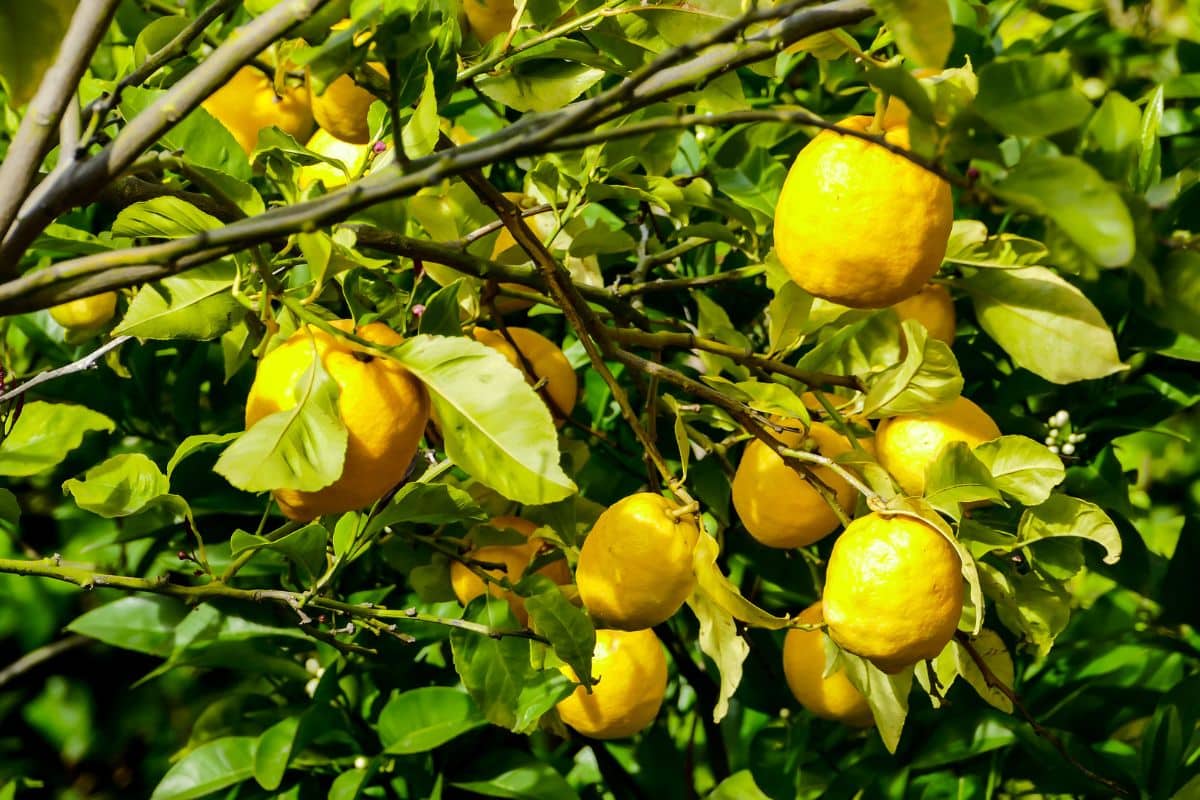
Origin: The Lisbon lemon is believed to have originated in Portugal, specifically in the region of Lisbon, the capital city. Today, it is one of the most common varieties grown in many parts of the world.
Description & Flavor: Lisbon lemons are medium to large-sized lemons with a thick, textured, and slightly bumpy yellow skin. They have an oval shape and contain a moderate amount of seeds and a pale yellow and juicy flesh. Lisbon lemons have a tart and tangy flavor with a strong acidic profile.
Uses: Due to their high acidity, Lisbon lemons are primarily used for their juice. They are a common ingredient in various culinary preparations, including salad dressings, marinades, and sauces. Their juice is also frequently used in beverages like lemonade and cocktails.
Meyer Lemon
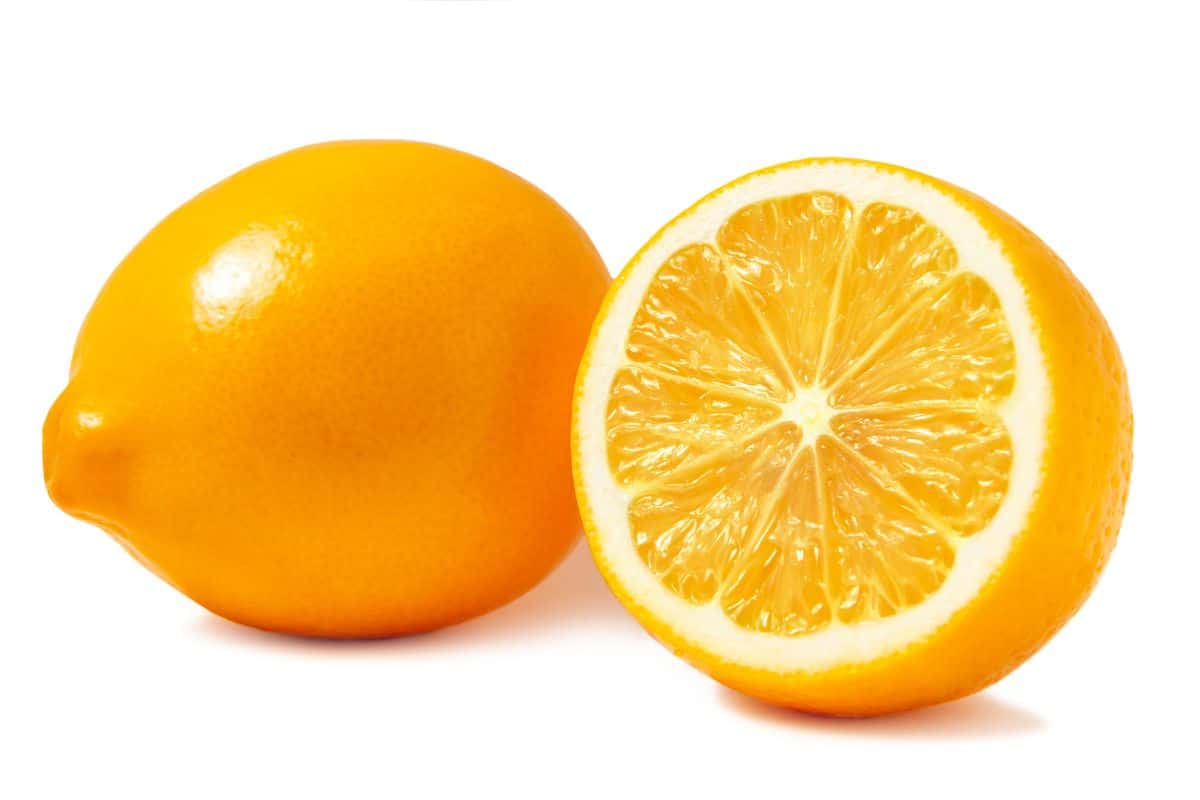
Origin: The Meyer lemon is believed to be a cross between a lemon and a mandarin or orange. It was named after Frank N. Meyer, an agricultural explorer who first introduced it to the United States from China in the early 20th century.
Description: Meyer lemons are smaller than Lisbon lemons, with a rounder shape. They have thin, smooth, and deep yellow to orange-colored skin. The pulp is a vibrant yellow and often sweeter than other lemon varieties.
Flavor: Meyer lemons have a unique flavor that is less acidic and sweeter compared to other lemons. They have a fragrant aroma with a mild citrusy taste that contains hints of sweetness. These seedless lemons are considered to be the best tasting lemon by many, and are also one of the few varieties you can generally find in your local grocery store.
Uses: Meyer lemons are highly prized for their sweet flavor and are often used in desserts, pastries, and cocktails. Their juice and zest add a delicate citrusy note to recipes. They are also a popular choice for making lemon preserves and marmalades.
Ponderosa Lemon
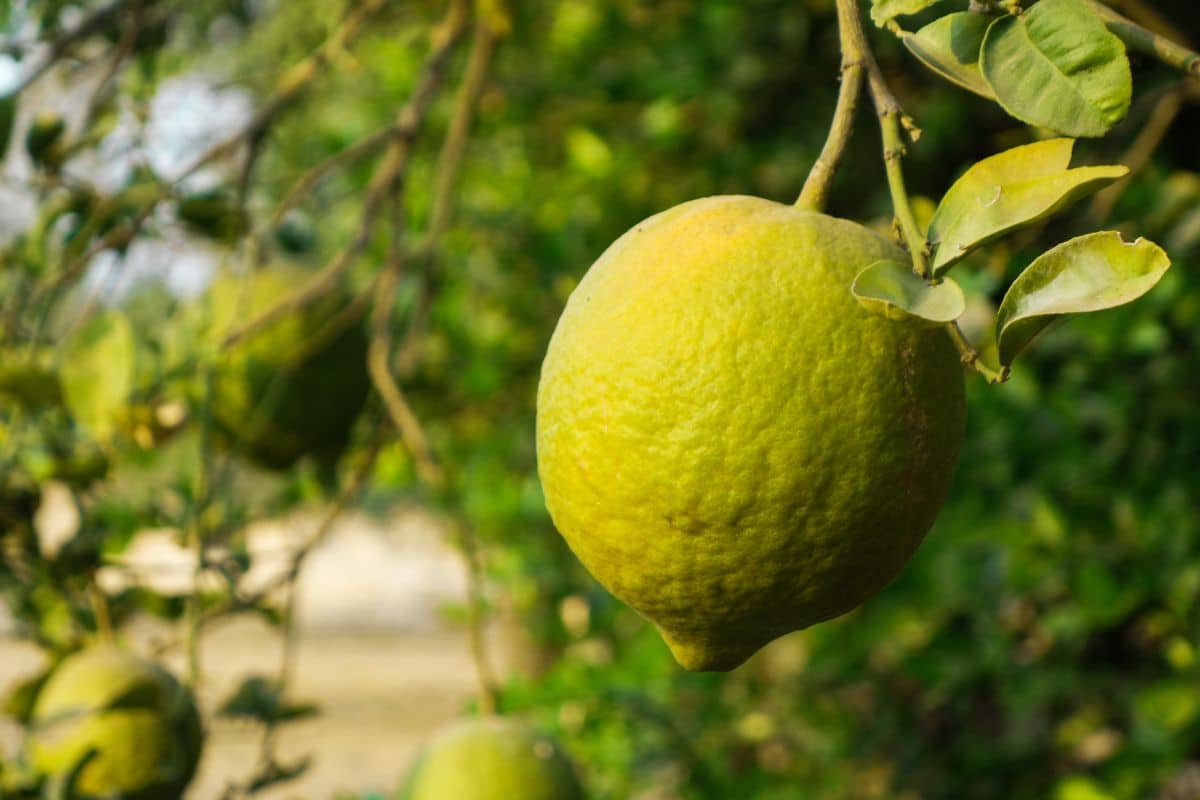
Origin: The Ponderosa lemon is believed to be a hybrid between a pomelo and a citron. Its precise origins are unclear, but it is thought to have been developed in the United States during the 19th century though it may also have been the result of a natural hybridization.
Description: Ponderosa lemons are one of the largest lemon varieties, often reaching the size of a grapefruit. They have been referred to as the giants of Florida. They have a thick, textured, and bumpy yellow skin. The shape can be irregular, ranging from oblong to round, and the flesh is pale yellow and contains numerous seeds.
Flavor: This variety has a tart and acidic taste, similar to the Lisbon lemon. Their larger size, however, often results in a milder flavor compared to smaller lemon varieties.
Uses: The ponderosa lemon is primarily used for its juice which is often used in cooking, baking, and beverages. Their large size makes them convenient for juicing, and they can be a substitute for other lemon varieties in recipes that require a significant amount of juice.
Primofiori Lemon
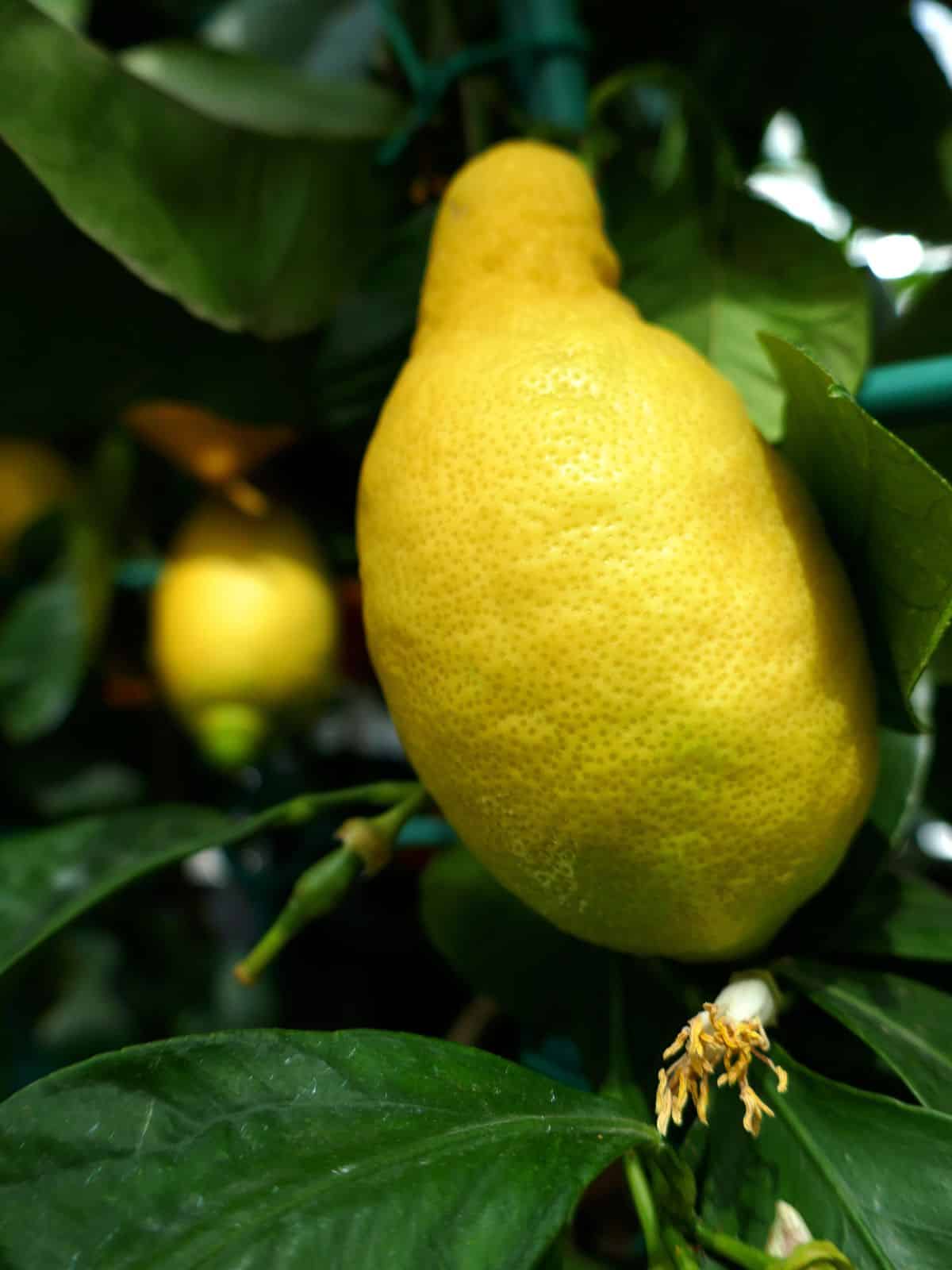
Description: The Primofiori lemon is a variety native to Spain, particularly the region of Valencia. It is widely cultivated in Mediterranean countries. Primofiori lemons are medium-sized lemons with a smooth, thin, and bright yellow skin. They have an oval shape, contain only a few seeds, and the pulp is juicy and pale yellow.
Flavor: Primofiori lemons have a balanced flavor profile combining both tartness and sweetness. They have a moderately acidic taste and a refreshing aroma.
Uses: Primofiori lemons are versatile and commonly used in both culinary and non-culinary applications. Their juice is popular for making lemonades, cocktails, and salad dressings. They are also used in cooking and baking, providing a tangy and aromatic element to dishes.
Rough Lemon
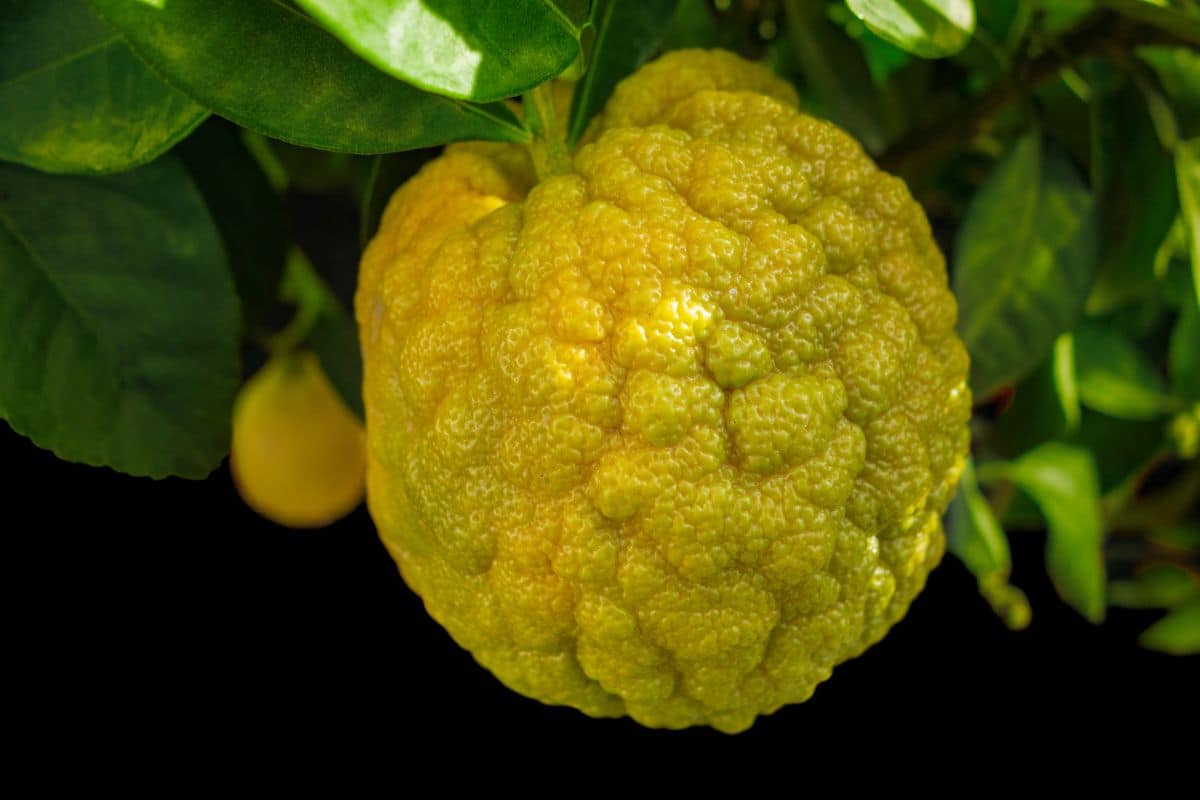
Origin: The Rough lemon, also known as Citrus jambhiri, is believed to be native to the Indian subcontinent, and is widely grown in several other tropical and subtropical regions.
Description & Flavor: Rough lemons are medium-sized lemons with a thick, bumpy, and textured skin. The skin is typically pale yellow to light green, and the shape can be slightly oblong or round. The flesh is pale yellow and juicy, with numerous seeds. Rough lemons have a highly acidic and tart flavor. The juice is quite sour, making it less suitable for direct consumption but ideal for culinary applications where acidity is desired.
Uses: Due to their high acidity, rough lemons are primarily used for their juice. They are commonly used in cooking, baking, and the preparation of various beverages. Their juice adds tanginess to dishes, and they are also employed in making marmalades and preserves.
Santa Teresa Lemon
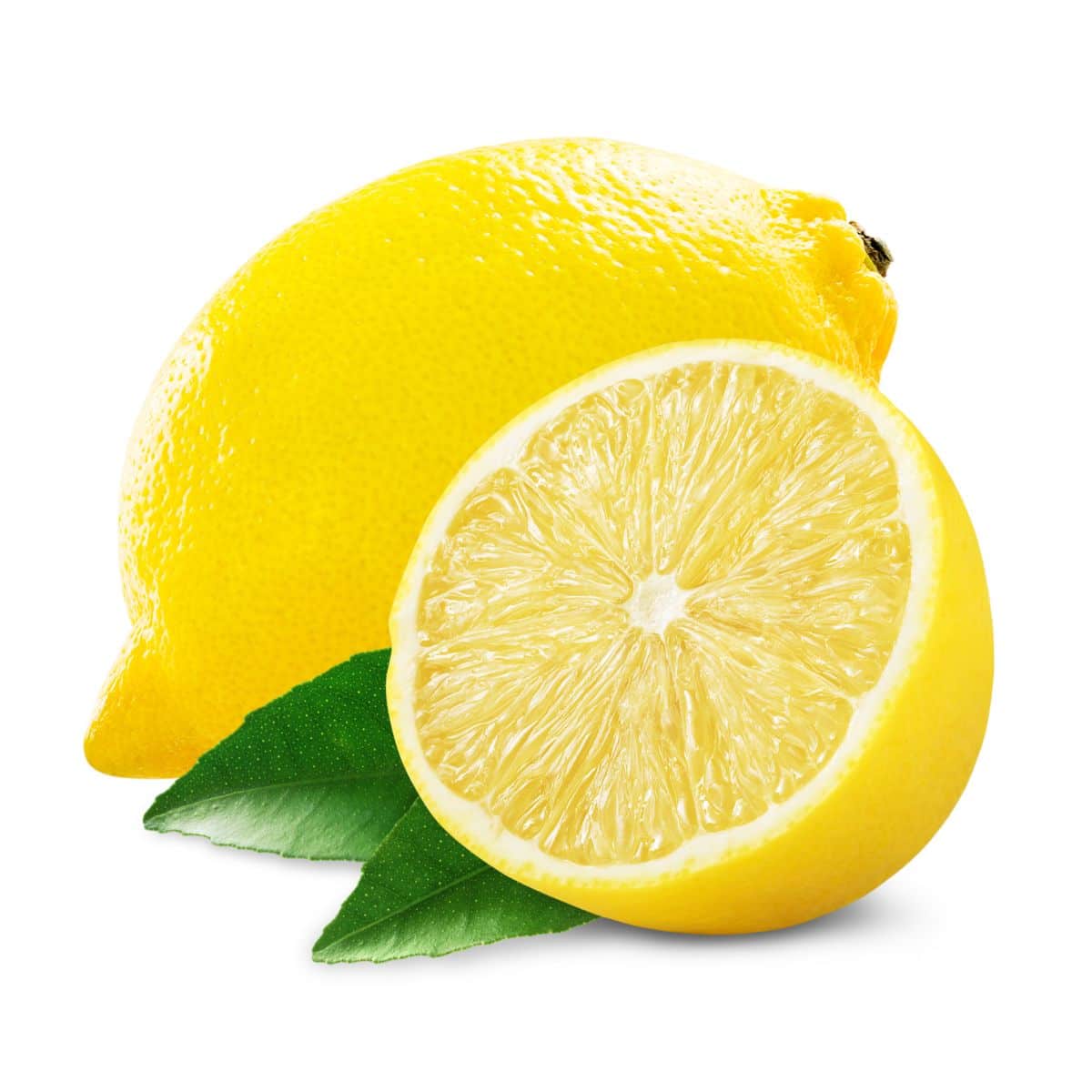
Description: Santa Teresa lemons are named after the Santa Teresa region in Argentina. This region is known for its citrus production. These lemons are medium-sized fruits with a bright yellow color. They have a smooth and thin skin, making them easy to peel, and the flesh of the lemon is juicy and pale yellow in color.
Flavor: Santa Teresa Lemons are highly regarded for their unique flavor. They have a distinct tangy and slightly sweet flavor with a hint of floral notes. The taste is refreshing and often described as well-balanced, and not overly sour like some other lemon varieties.
Uses: Santa Teresa lemons are versatile and can be used in various culinary applications. They are commonly used in both sweet and savory dishes, including desserts, salads, marinades, dressings, and beverages. The juice of Santa Teresa Lemons adds a zesty and tangy flavor to recipes, while the zest can be used to enhance the aroma and taste.
Sweet Lemon
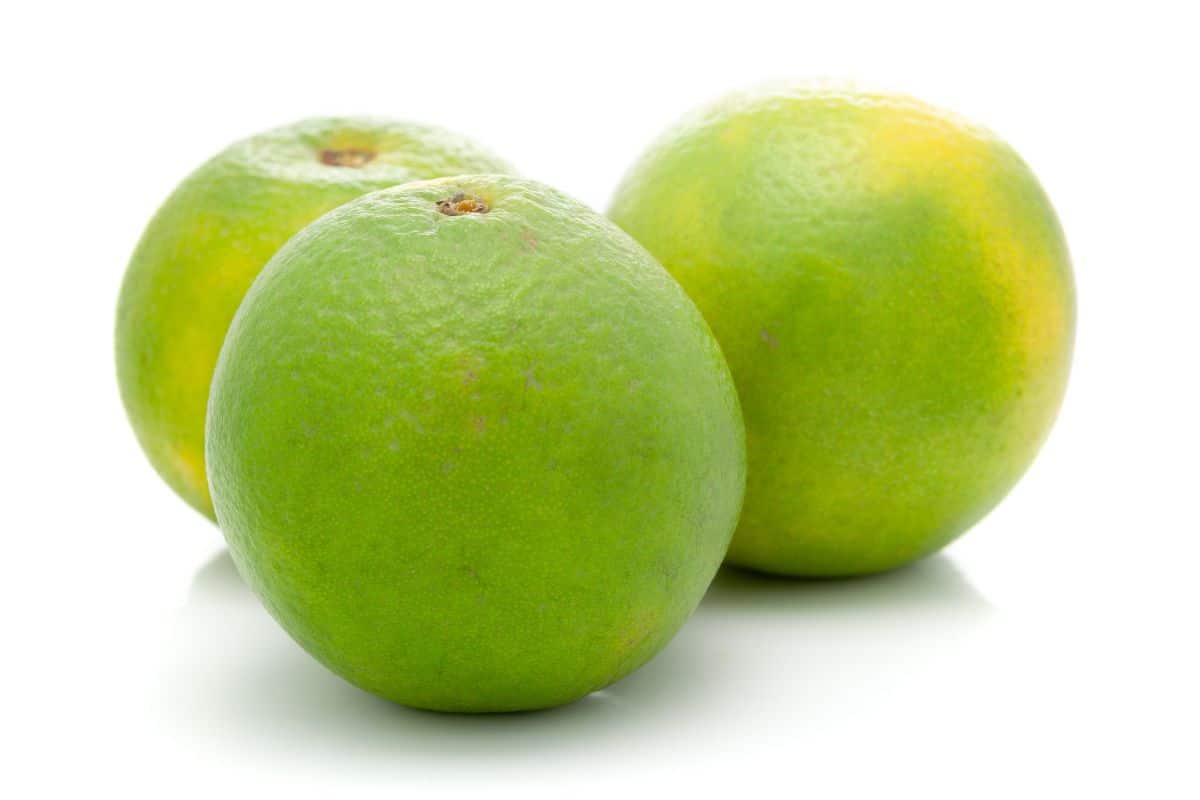
Origin: Sweet lemons, also known as sweet lime or sweet limetta, are believed to have originated in Southeast Asia, specifically in regions like India and Burma (Myanmar). Over time, sweet lemons began cultivation in various parts of the world with suitable climates, including the Mediterranean, the Americas, and parts of Africa.
Description: Sweet lemons are usually smaller in size compared to other lemon varieties and have a round to oval shape. They have a smooth, thin, and bright yellow to pale yellow peel that is easy to remove. The flesh of sweet lemons is typically pale yellow to light green, and it is divided into segments, similar to other citrus fruits. The segments contain juice sacs that are filled with sweet and slightly acidic juice.
Flavor: As the name suggests, sweet lemons are known for their sweet flavor, which differentiates them from the more common sour lemons. The taste can vary depending on the specific variety and ripeness of the fruit. Generally, sweet lemons have a pleasant balance of sweetness and acidity, with a milder tang compared to traditional lemons. The juice is refreshing and often enjoyed for its mild citrusy sweetness.
Uses: Sweet lemons have versatile culinary uses. They can be consumed fresh by simply peeling and eating the segments, or the juice can be squeezed and used in various culinary applications. Due to their sweeter taste, sweet lemons are often preferred for making lemonades, refreshing beverages, and citrus-based desserts like pies, tarts, cakes, and sorbets. The juice can also be used in salad dressings, marinades, and sauces to add a touch of citrus flavor without the sharp acidity found in sour lemons. Sweet lemons are also commonly used in mixed drinks. These lemons are a great choice for our Lavender Lemonade Slushy.
Variegated Pink Lemon
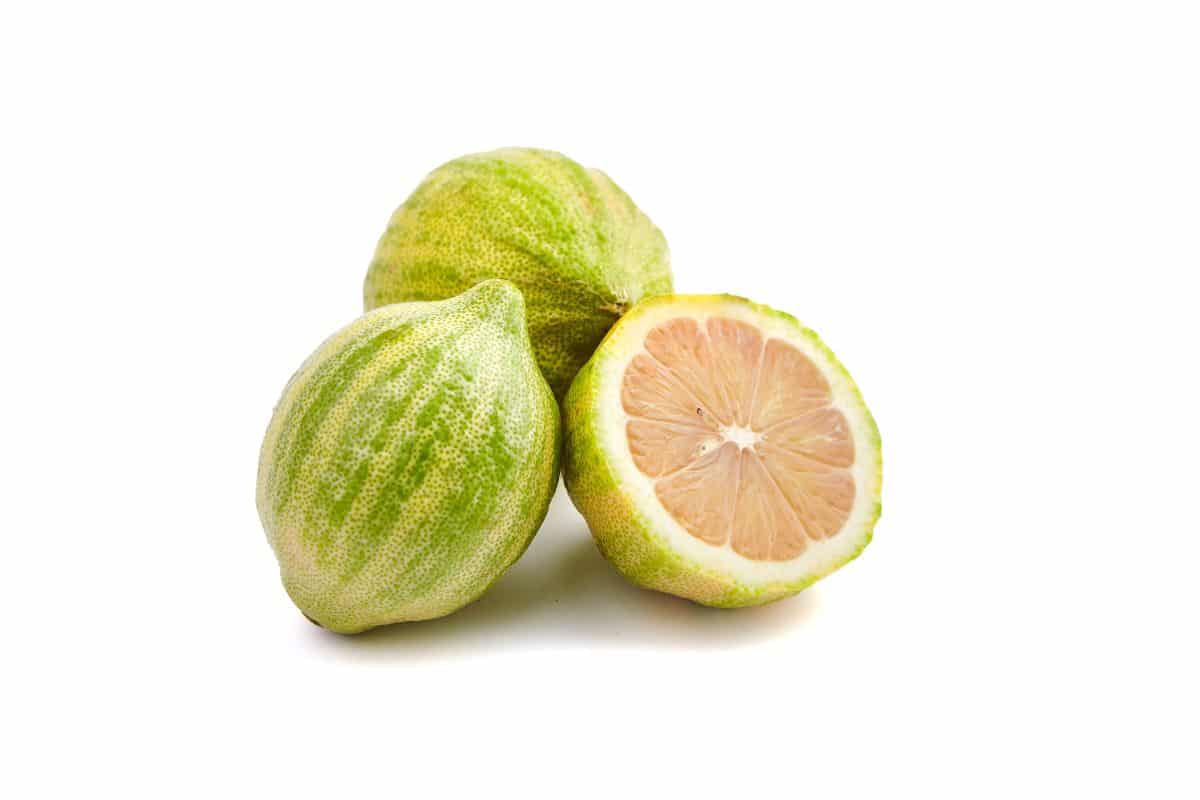
Description and Flavor: The Variegated Pink Lemon is a natural mutation of the eureka lemon first discovered in California. The Variegated Pink Lemon is characterized by its unique variegated green and yellow stripes on the rind, and when fully ripe it develops a pink flesh. It is slightly smaller than regular lemons and has a round shape. The flesh of this lemon is tart and acidic like other lemons, but it also has a subtle floral note
Uses: The pink flesh adds a visual appeal to dishes and beverages. This lemon variety is primarily used for ornamental purposes and as a decorative addition to culinary presentations. Its pink flesh can be used to add a pop of color to salads, beverages, desserts, and sauces.
Velvet Twist Lemon
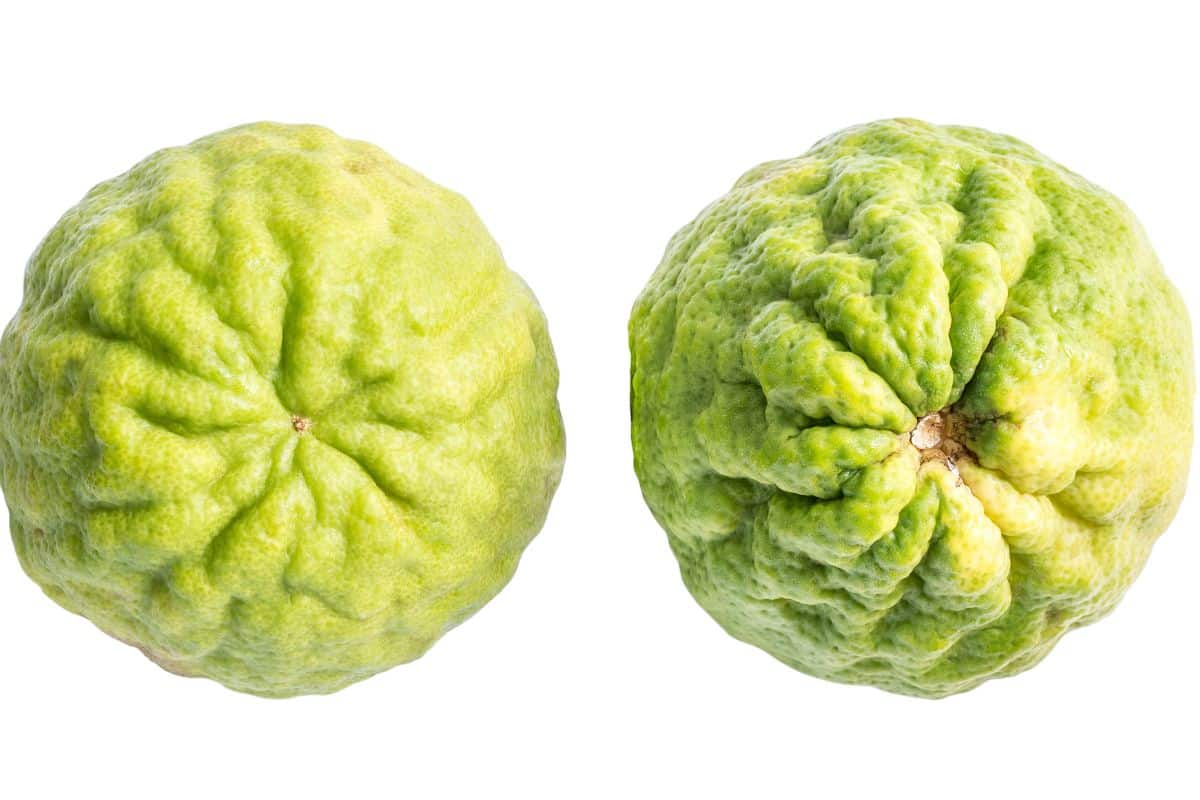
Description: The Velvet twist lemon is a hybrid variety developed in California. It has a unique twisted shape with a bumpy, thick, and textured rind. The rind has a dark green color that turns yellow when fully ripe. The fruit is medium-sized.
Flavor and Uses: The velvet twist lemon has a bright and tangy flavor with a good balance of acidity. It is slightly sweeter than traditional lemons and has a refreshing taste. This lemon variety is versatile and can be used in various culinary applications. It is excellent for making lemonade, cocktails, marinades, and salad dressings. The twisted shape and textured rind also make it an attractive garnish.
Verna Lemon
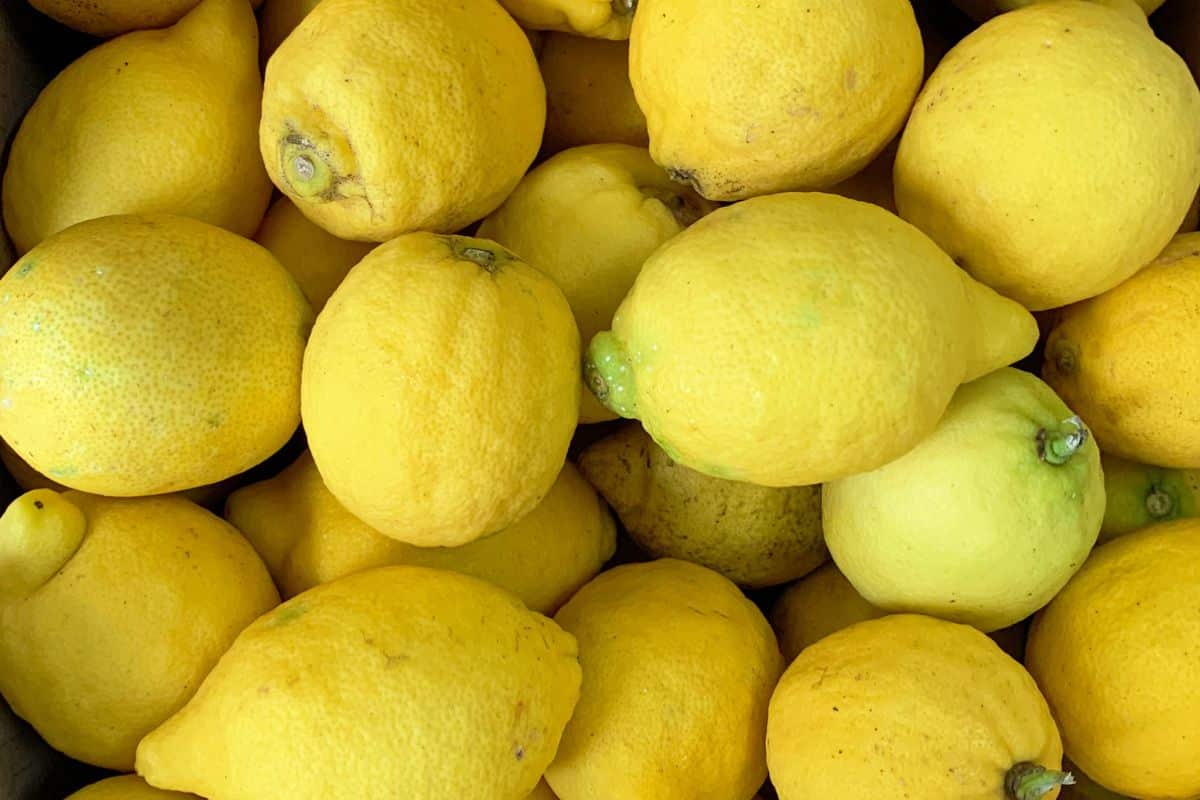
Description & Flavor: Verna lemons originated in Spain and are commonly grown in the Mediterranean region. Verna lemons are medium-sized with an oval shape. The rind is thin and smooth and is typically bright yellow in color. Verna lemons have a highly acidic and tangy flavor, and the juice is very tart and often used when a strong sour taste is desired.
Uses: These lemons are commonly used in cooking, baking, and making beverages. They are great for making lemon curd, lemon tarts, lemon cakes, and lemonade. Verna lemons are also used to add flavor to seafood and poultry dishes.
Villafranca Lemon
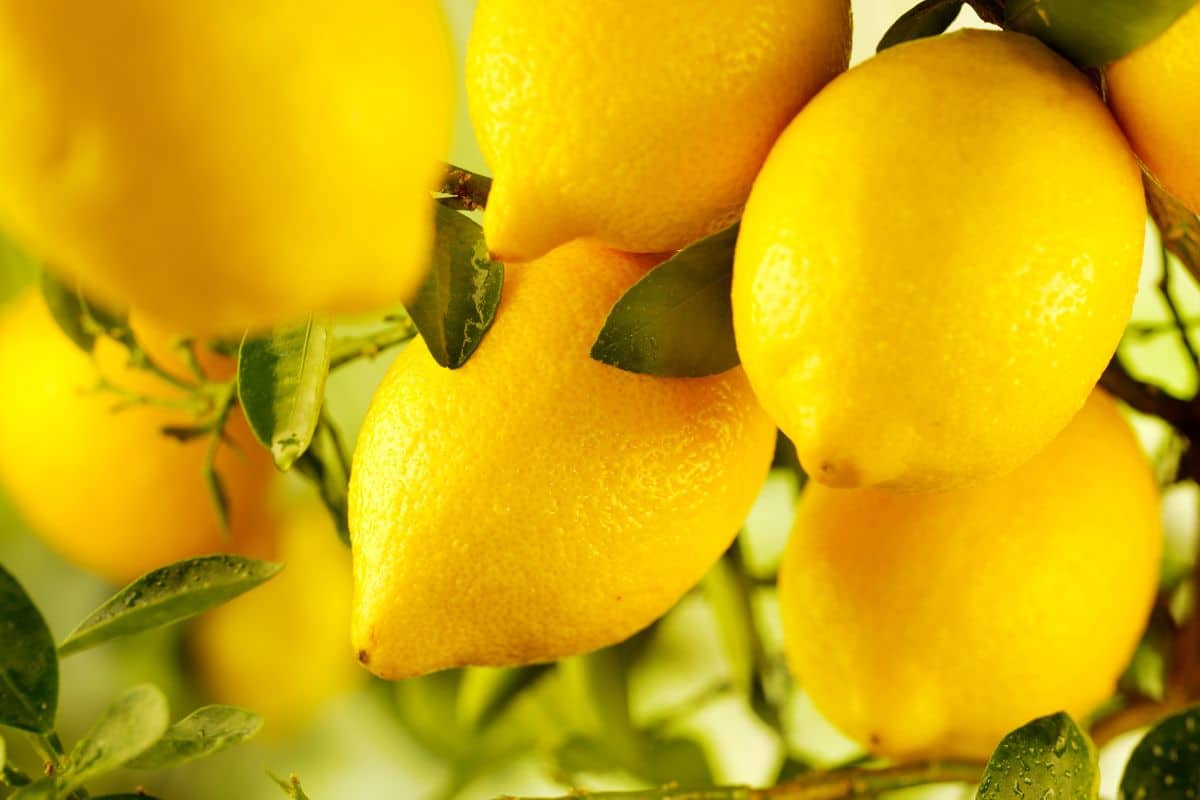
Description & Flavor: The Villafranca Lemon is a variety that originated in Italy. Villafranca lemons are medium to large-sized lemons with an oval shape. The rind is thick and textured, and the color ranges from bright yellow to deep yellow. This lemon variety has a strong, tangy, and acidic flavor, and its juice is highly sour and aromatic.
Uses: Villafranca lemons are mostly used for their juice and are commonly used in cooking, baking, and making lemon-based beverages. The juice adds a zesty and refreshing taste to dishes, dressings, and sauces.
Yuzu Lemon
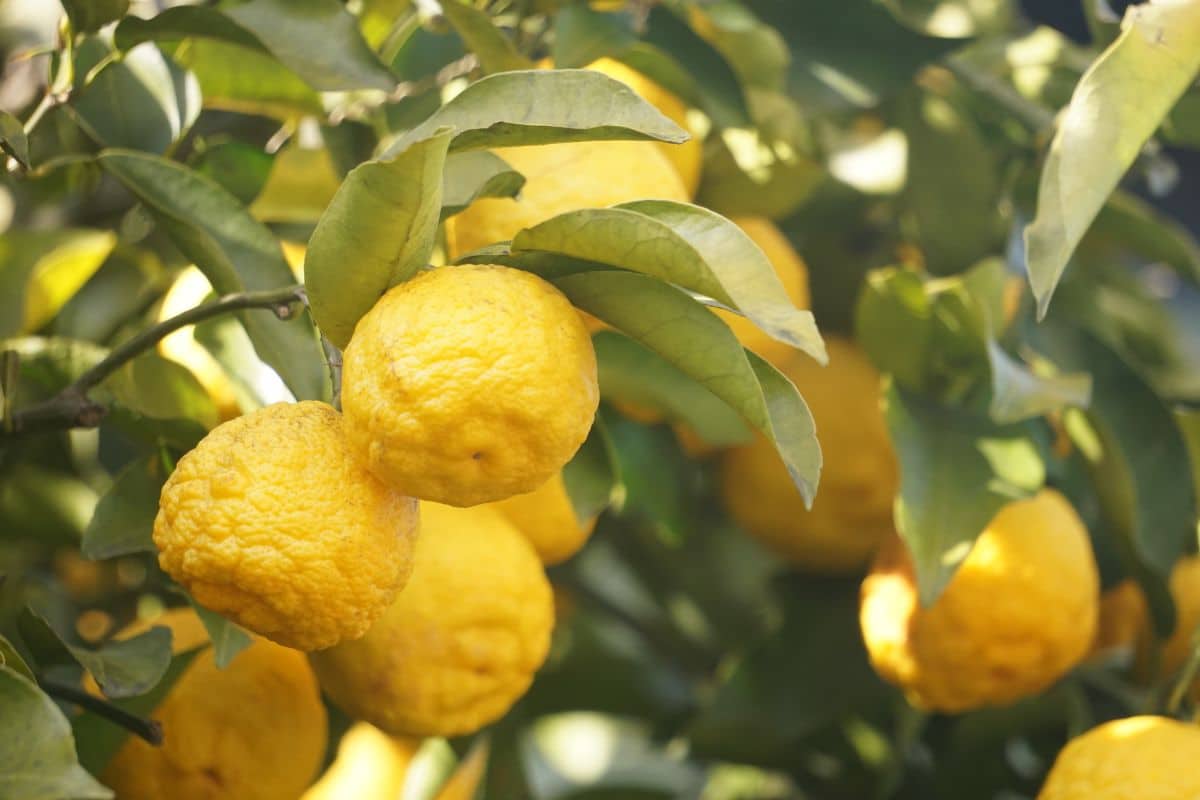
Description & Flavor: Yuzu lemons are native to East Asia, particularly Japan, China, and Korea. They are small-sized and round, and have a rough and bumpy skin with a yellow to orange color. The rind is highly aromatic, and the lemons have a unique flavor that is intensely tart and floral. They are less acidic than regular lemons and have hints of mandarin orange and grapefruit.
Uses: Yuzu lemons are popular due to their flavor and aroma, and are commonly used in Japanese and Korean cuisine. The juice and zest of yuzu lemons are used to add a citrusy and floral touch to sauces, dressings, marinades, desserts, and beverages. Yuzu is also a popular ingredient in yuzu kosho (a spicy citrus paste) and yuzu-flavored alcoholic beverages.
Recipes for Lemons
Lemons don’t tend to be the primary ingredient in most cuisine, though they are often an essential ingredient in many recipes. Here are are four favorite recipes that would not be the same without the humble lemon:
Seedless Lemons
There are a few seedless lemon varieties. These are not naturally occurring, and have been developed through hybridization for this trait. This certainly doesn’t mean they are bad, quite the opposite. Many forms of produce are hybrids developed to have desirable characteristics in taste, storability, seed content, color, aroma, you name it. Some of the seedless, or nearly seedless, lemon varieties include:
- Meyer Lemons
- Eureka Lemons can be seedless, but these are hard to find.
- Interdonato Lemons are generally seedless or nearly seedless.
Most Common Lemons at the Typical Grocery Store
When shopping for lemons, here are the most common ones you will find in stores. Meyer lemons are some of my favorites!
- Lisbon lemons
- Eureka lemons
- Meyer lemons
- Bearss lemons
Citron Vs Lemon: Are they the same?
Citrons are sort of the grandparents of lemons. Lemons developed from citrons and sour oranges likely naturally vs with help from humans. Many varieties of lemons today, however, were developed by botanists and farmers.
Citrons are large yellow fruits with a thick rind and mild sweet taste. They have a dry pulp and produce only a small amount of juice. Thus, they are used primarily for their rind. Archeologists believe that the citron was used primarily for medicinal purposes in ancient times.
Lemons are smaller, also yellow, and have a sour taste. Lemons are used much more for juicing as well as cooking. Lemons also have a much higher high citric acid content than found in Citrons which have a low acidity level and are often used as a flavoring agent in liqueurs and perfumes.
Trivia Answer
5.27 kilograms or about 11.5 pounds. The lemon was a whopping 74 cm (about 2 feet) around and over a foot long!

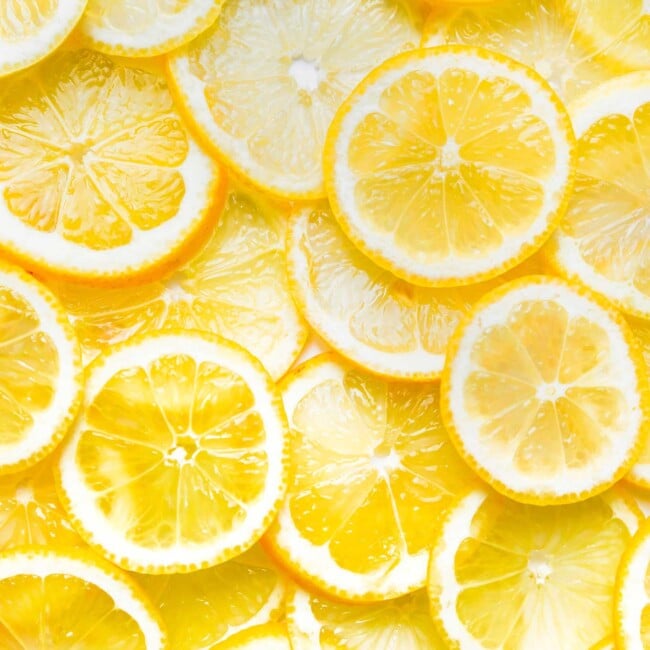
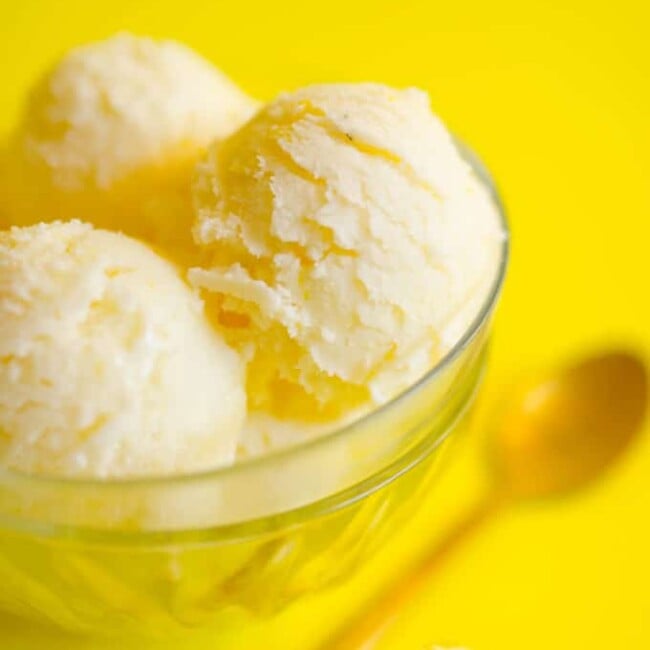
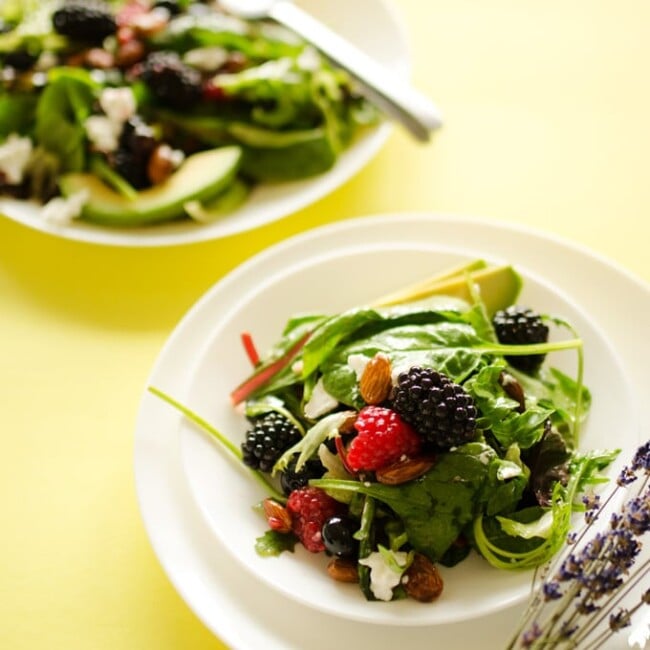

Lilibeth says
Wow gracias por la información, ya que no tenía conocimiento de la variedad de los limones
carla says
I was given some lemons that are round and look like an orange but taste like a sour lemon. The color is a light orange color with smooth skin. The inside is light orange color just like an orange. What kind of lemon is this ?
Sarah Bond says
t sounds like you’ve stumbled upon a unique variety of lemon called a Meyer lemon. Meyer lemons are known for their rounder shape, smooth skin, and slightly sweeter taste compared to traditional lemons. While their appearance may resemble an orange, their flavor profile still carries that classic lemony tang, albeit with a touch of sweetness.